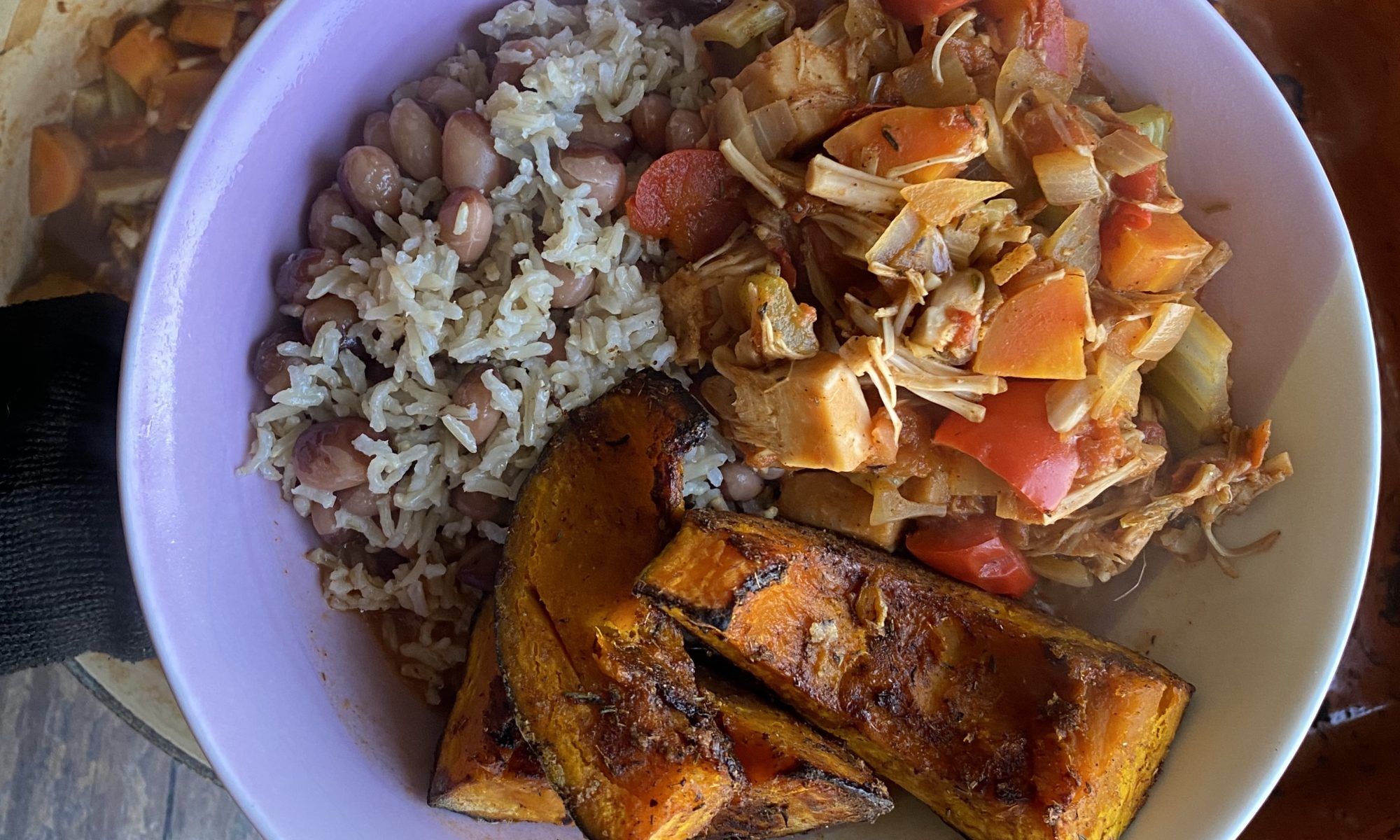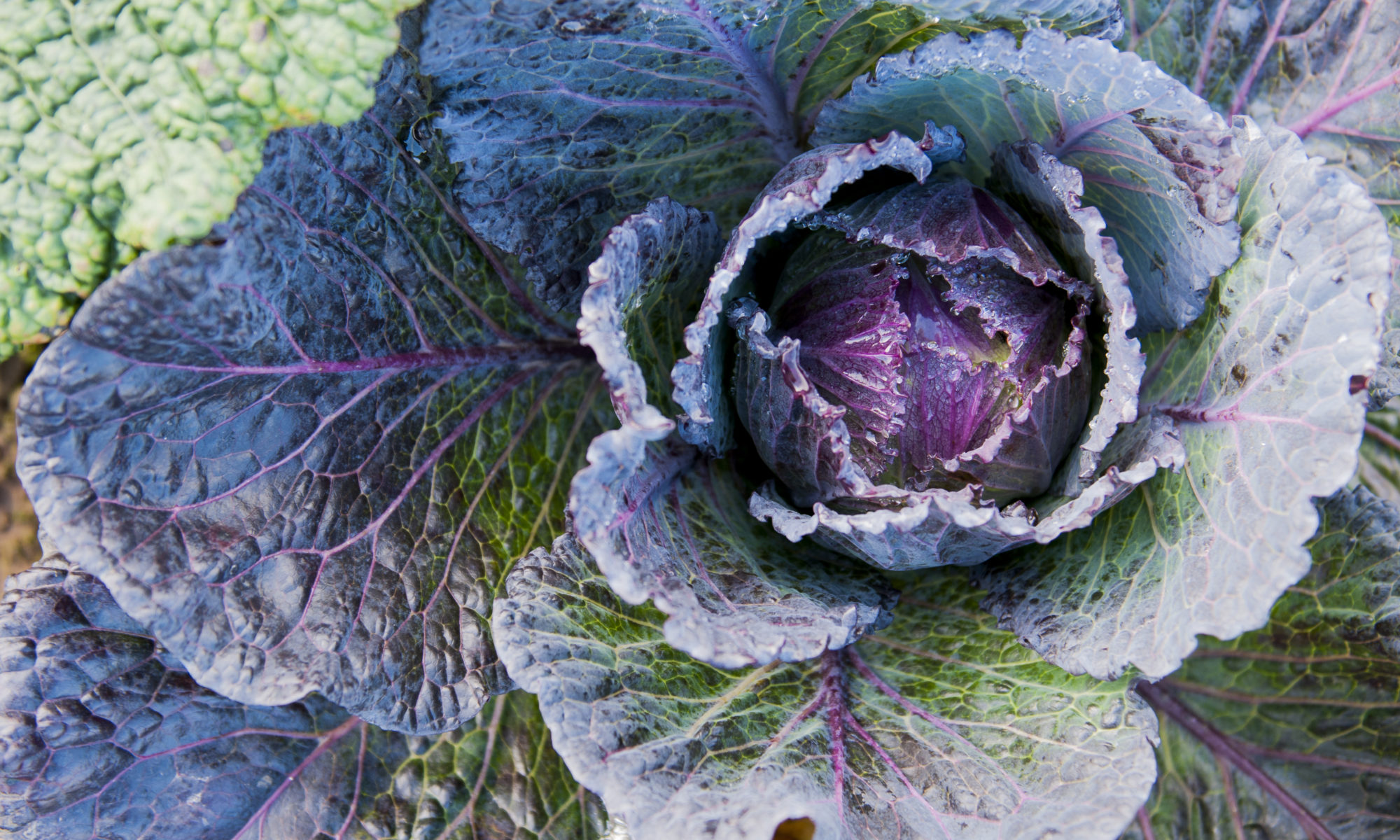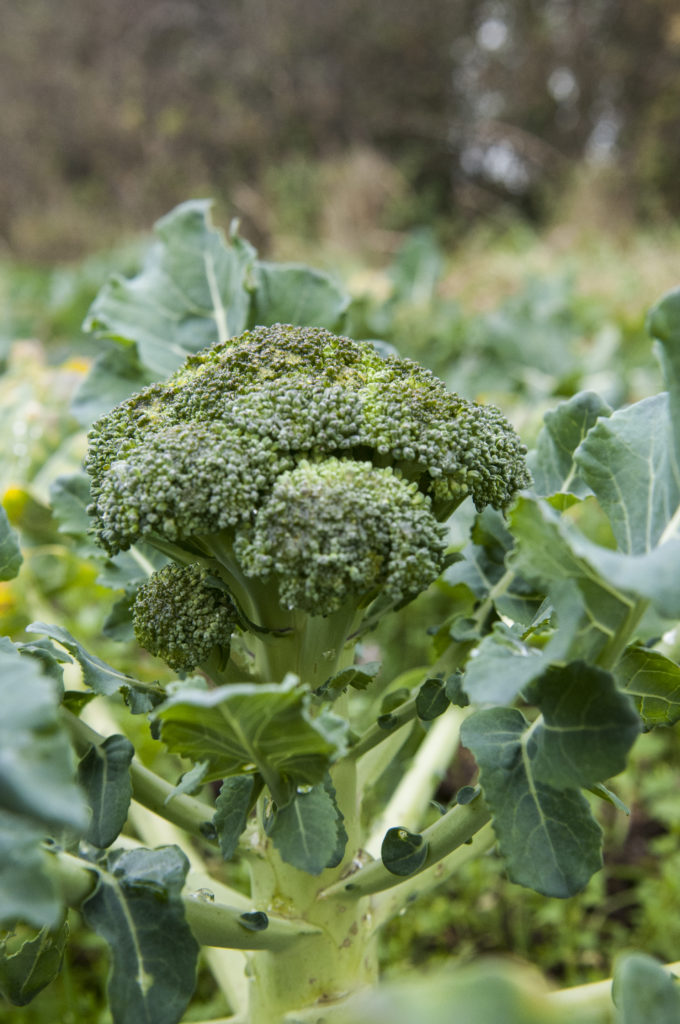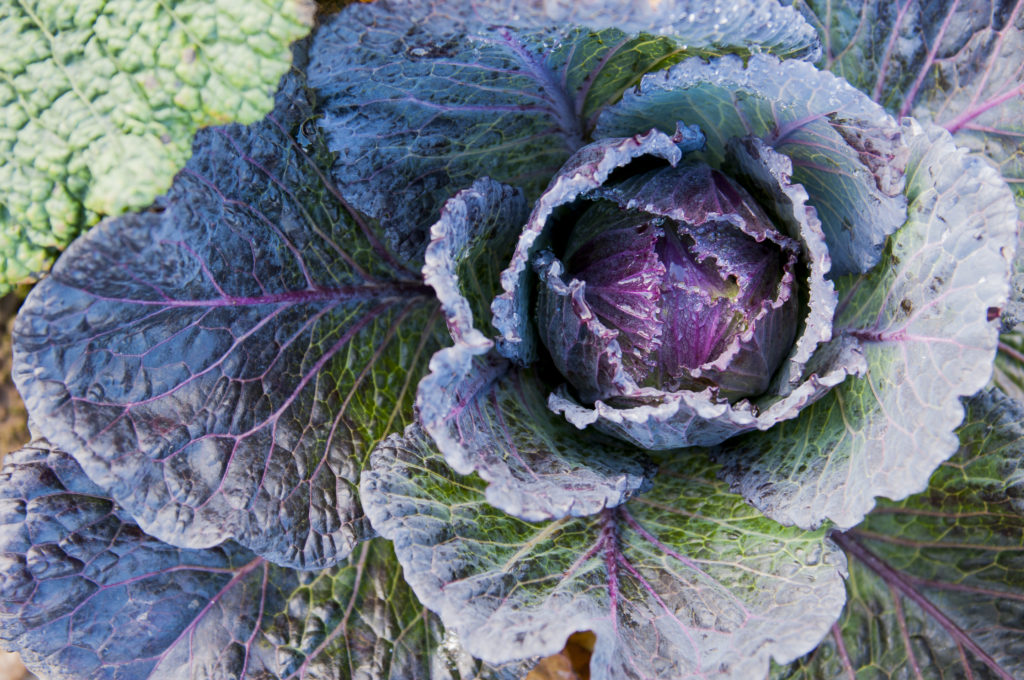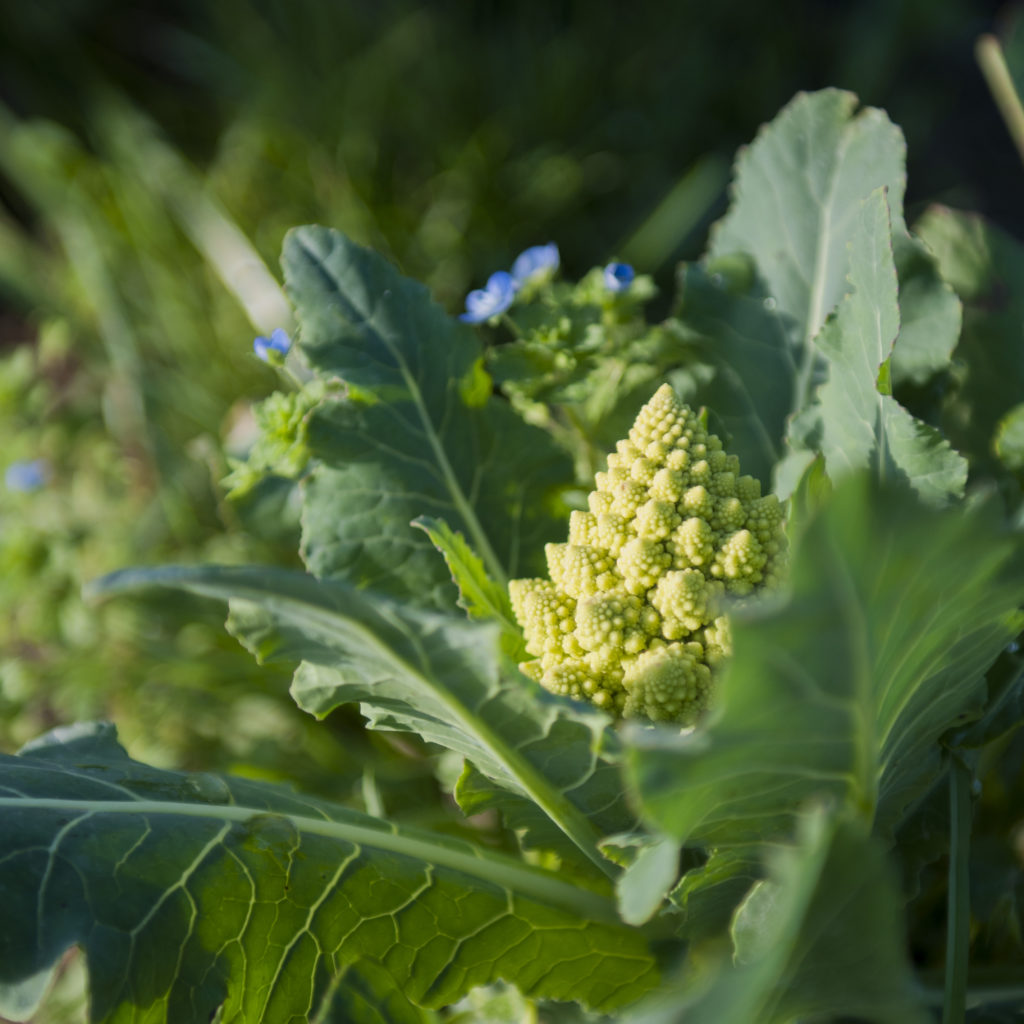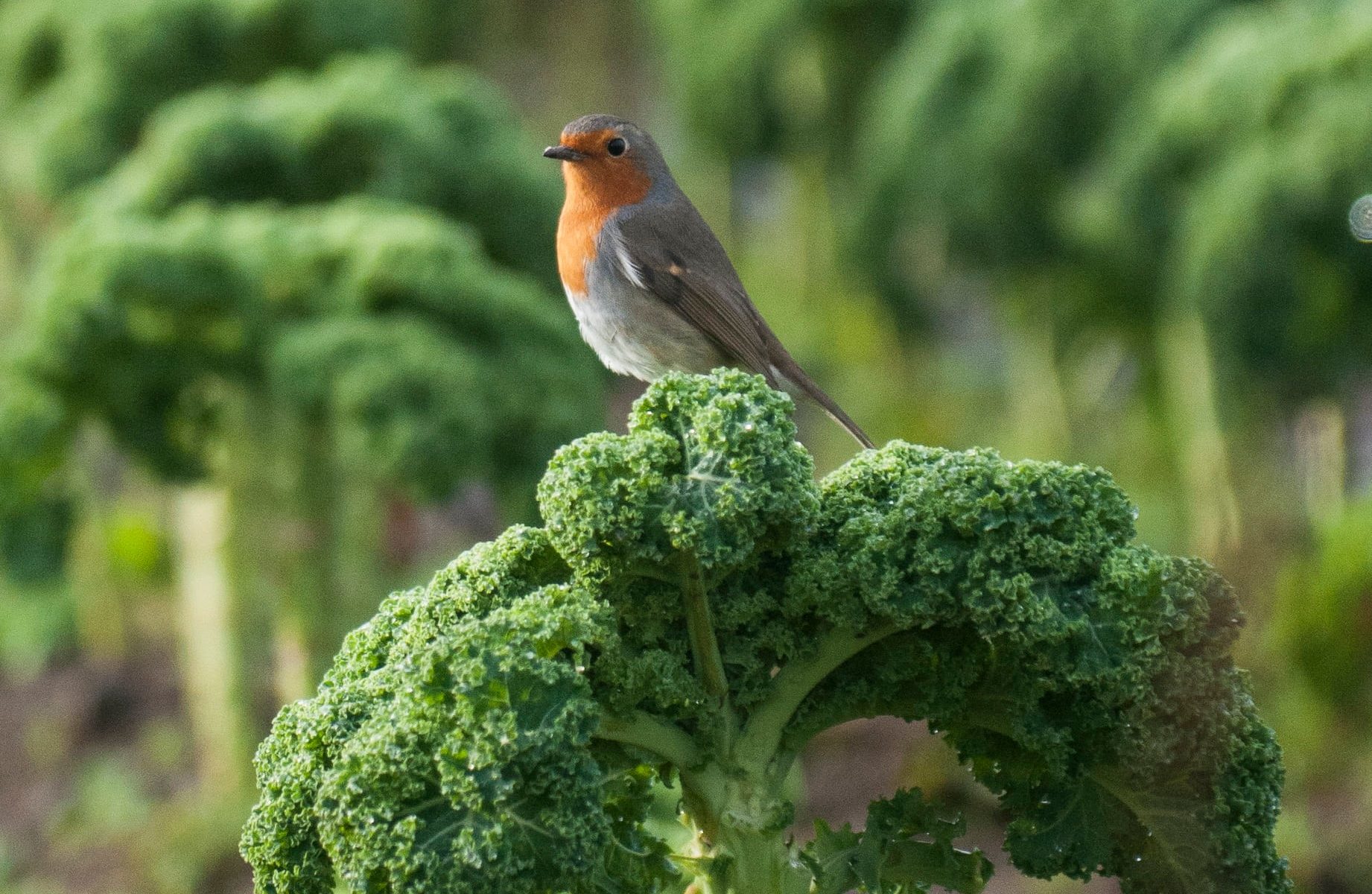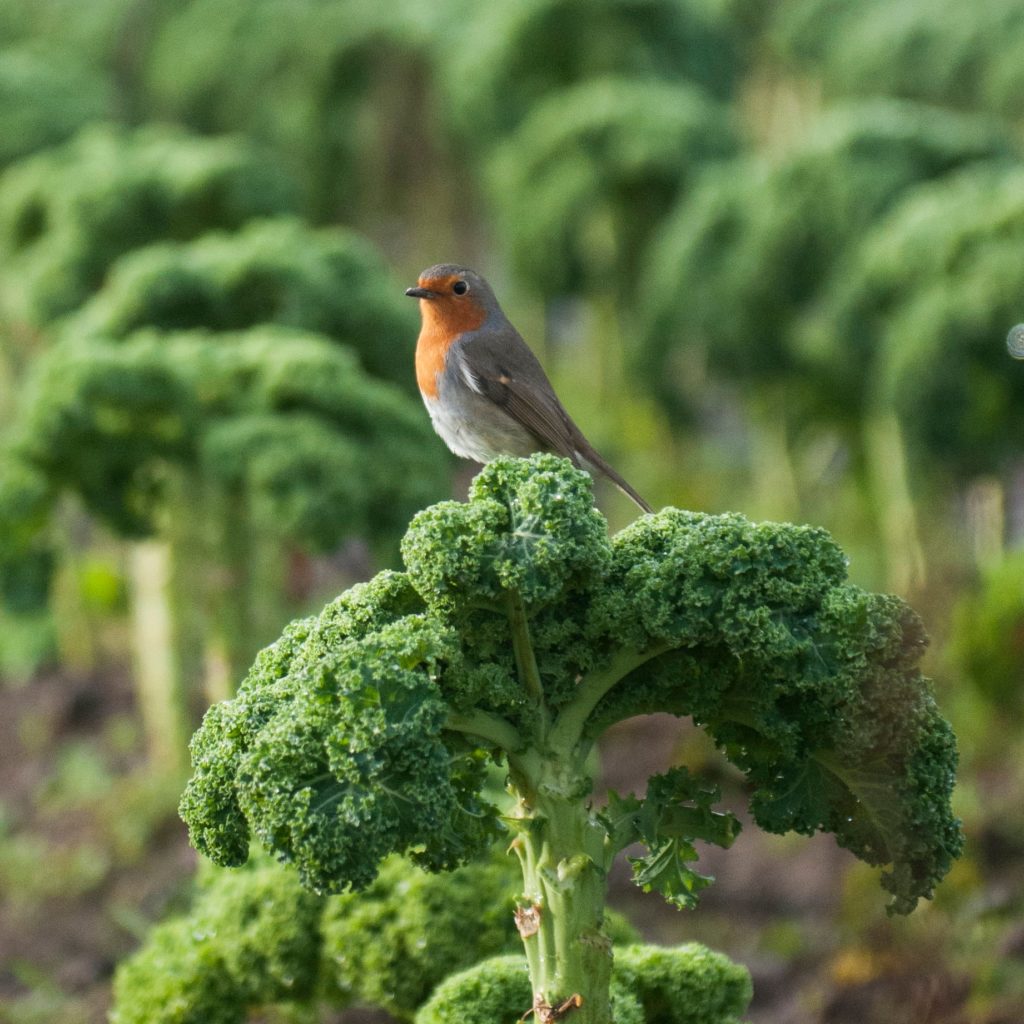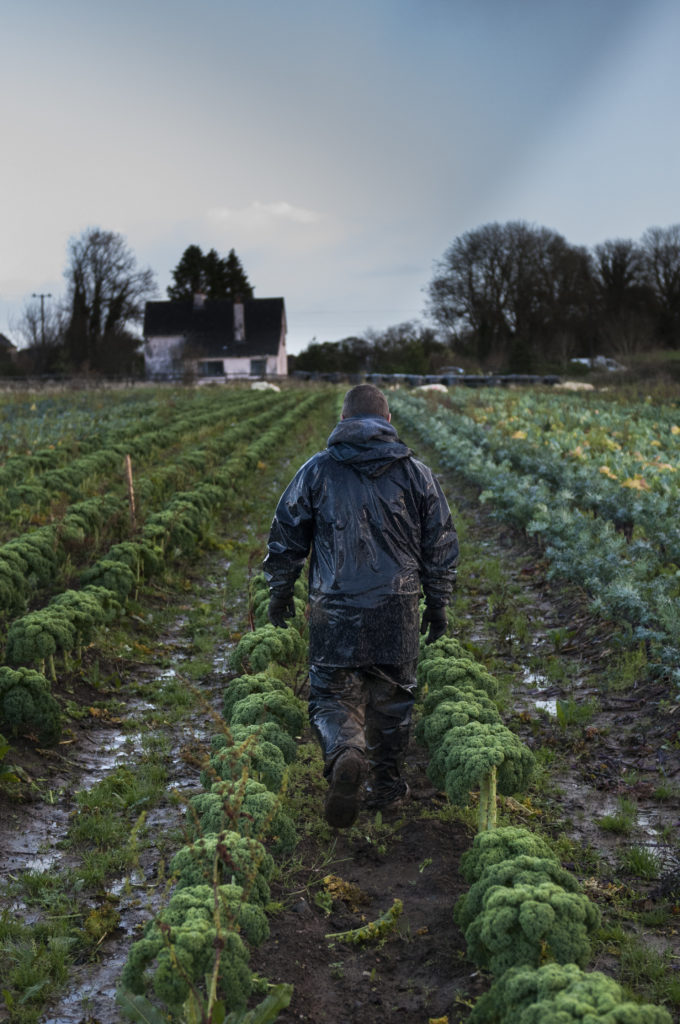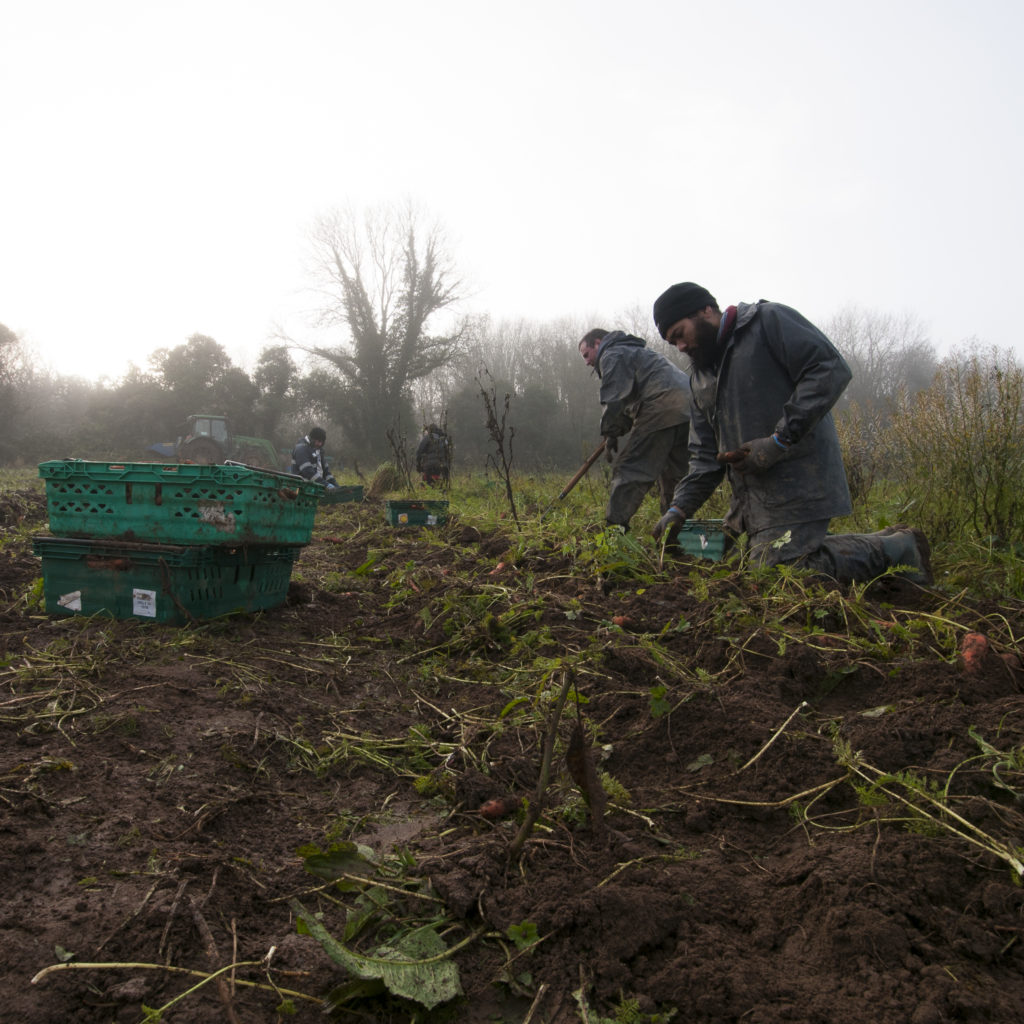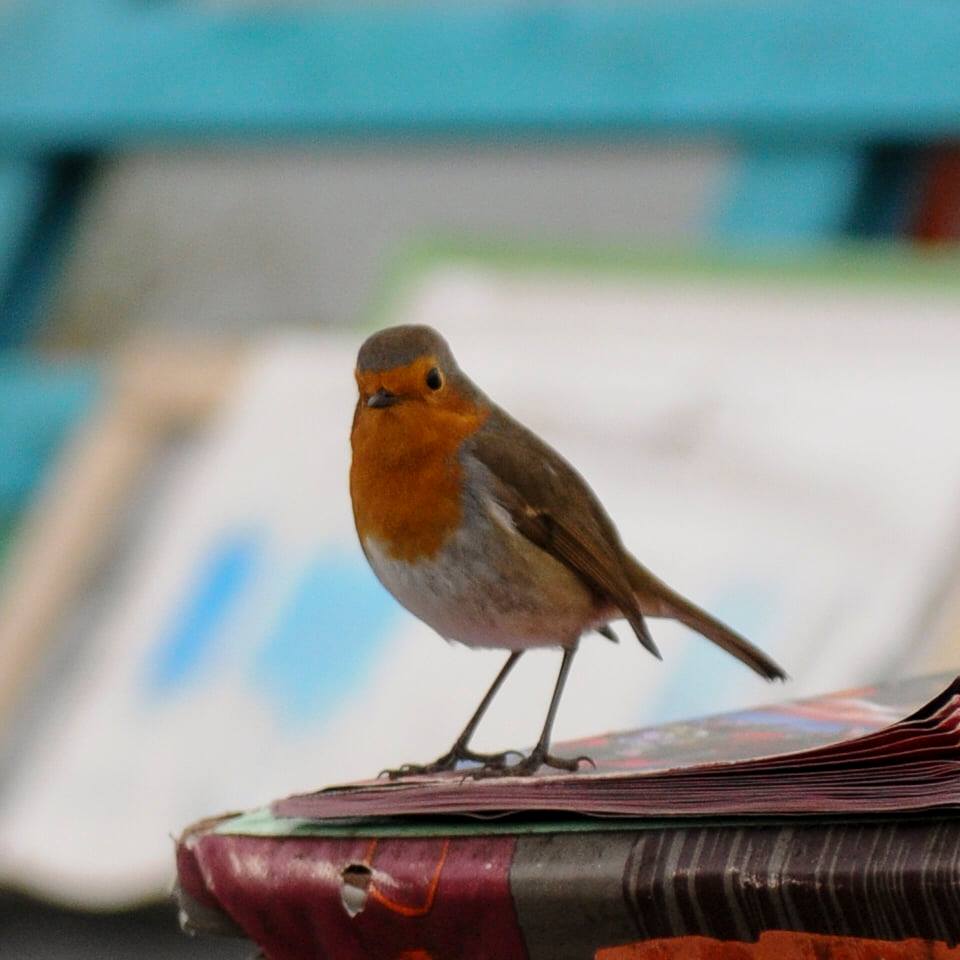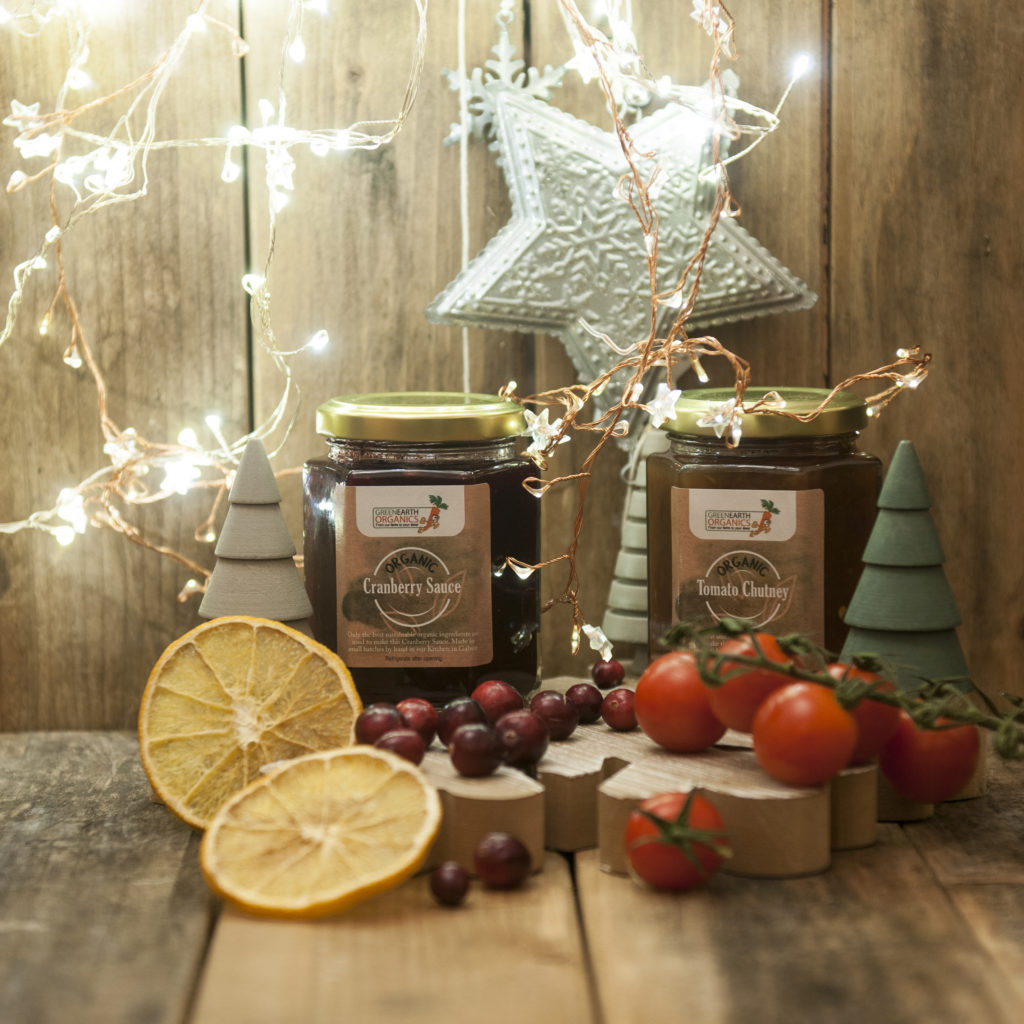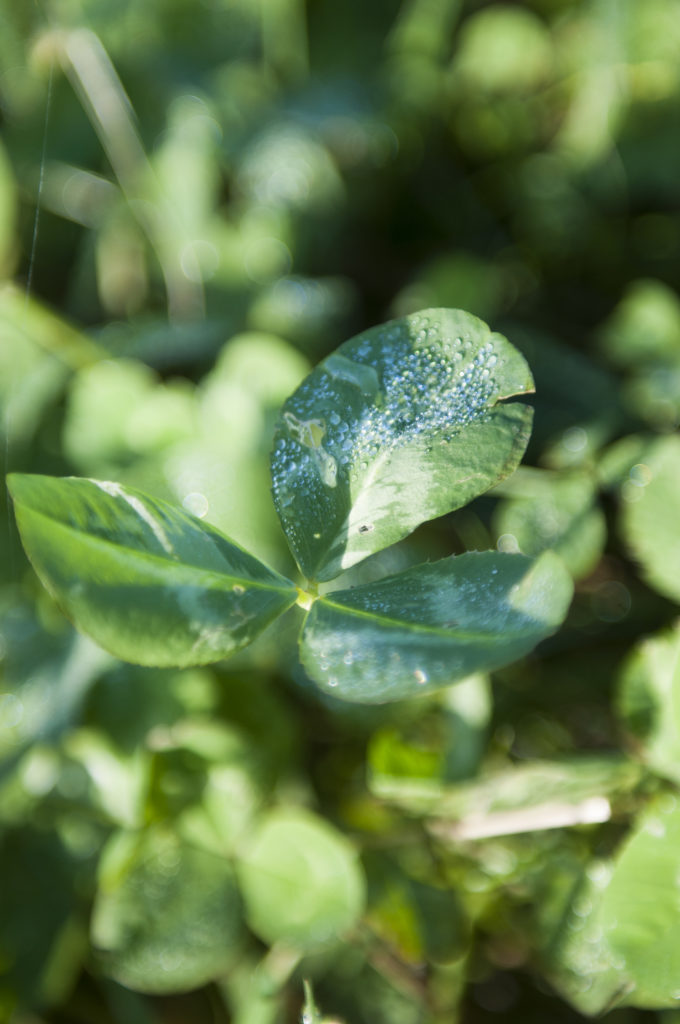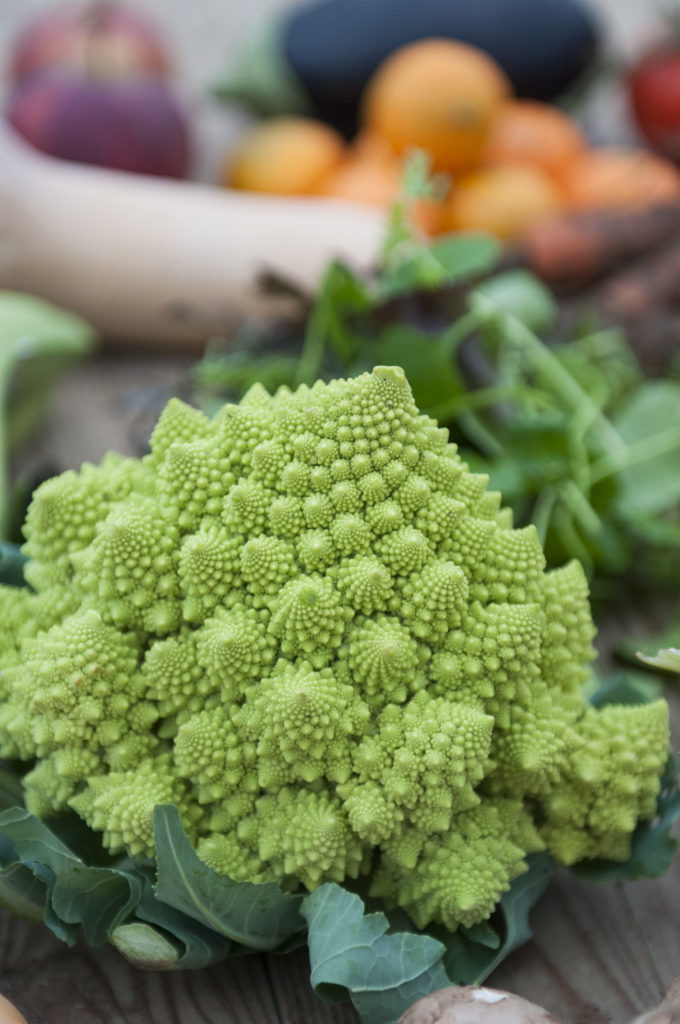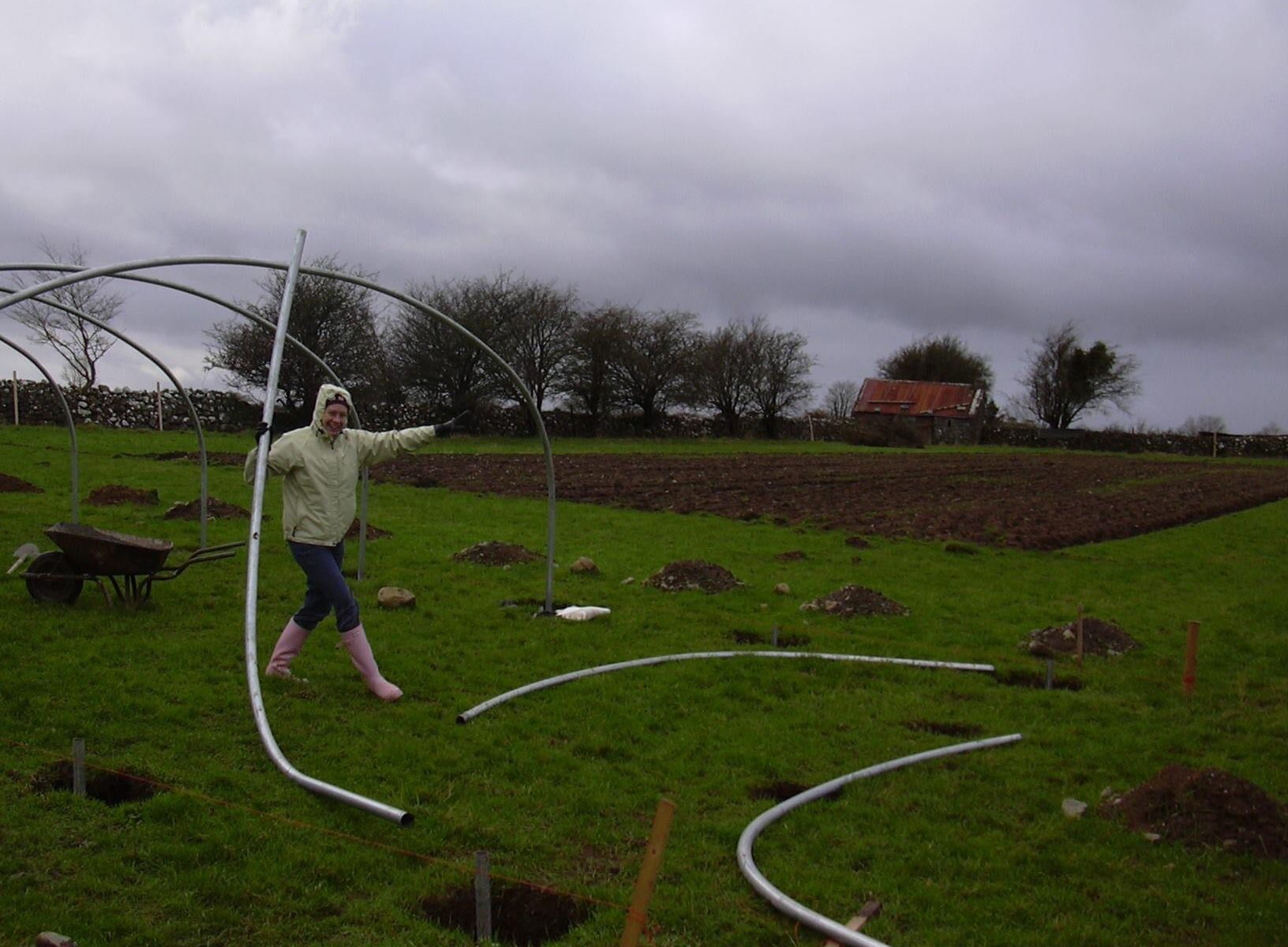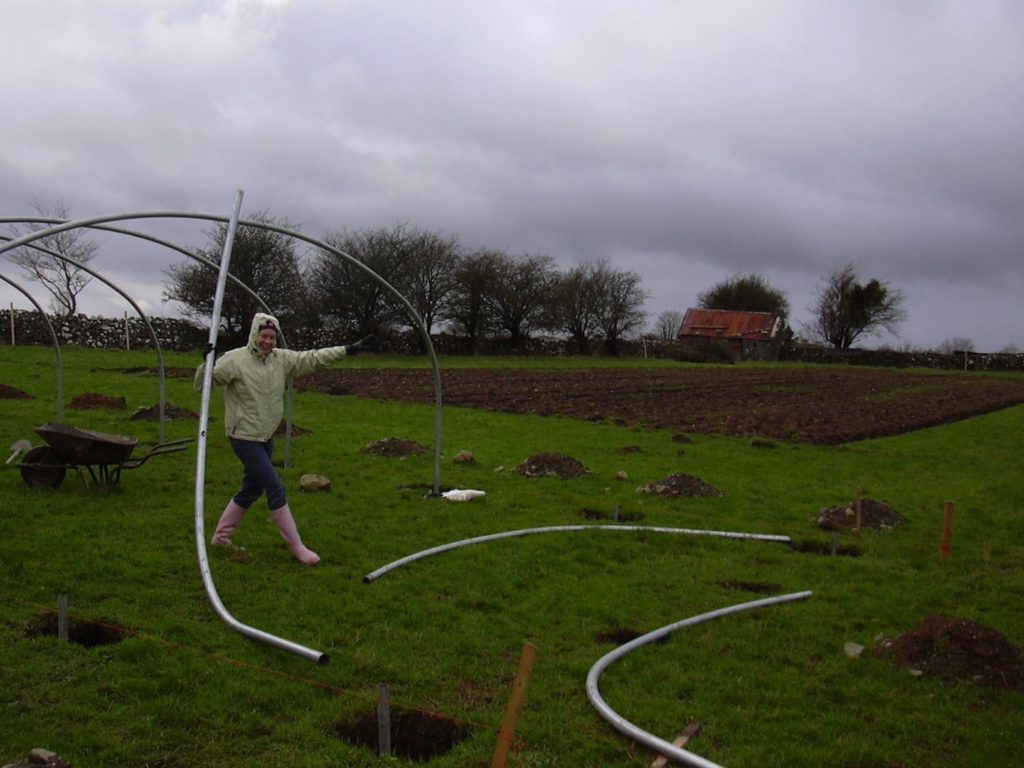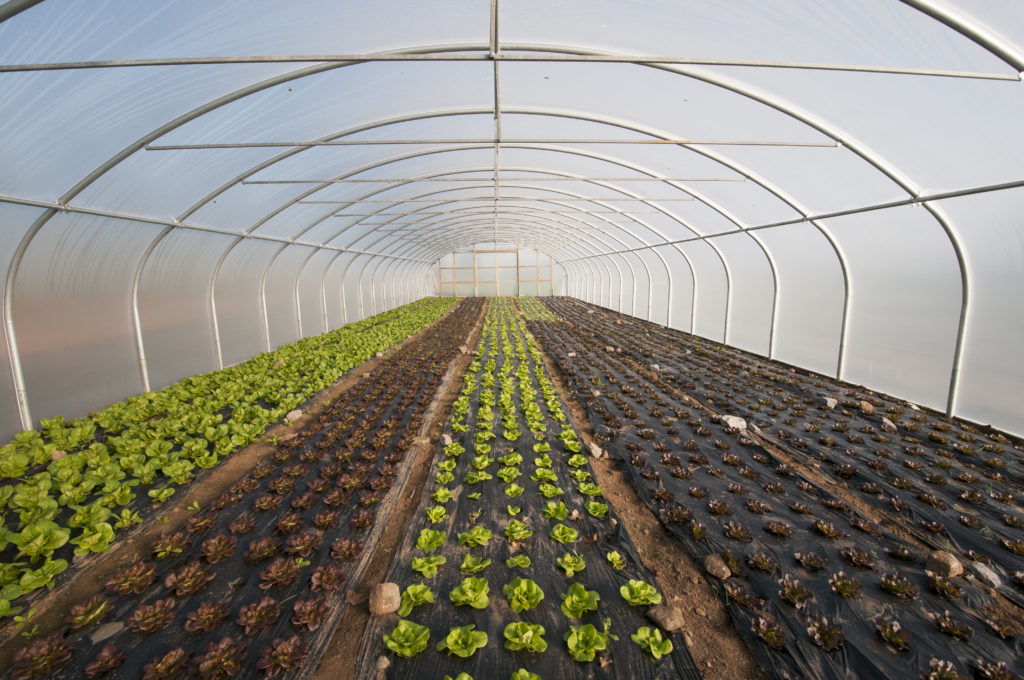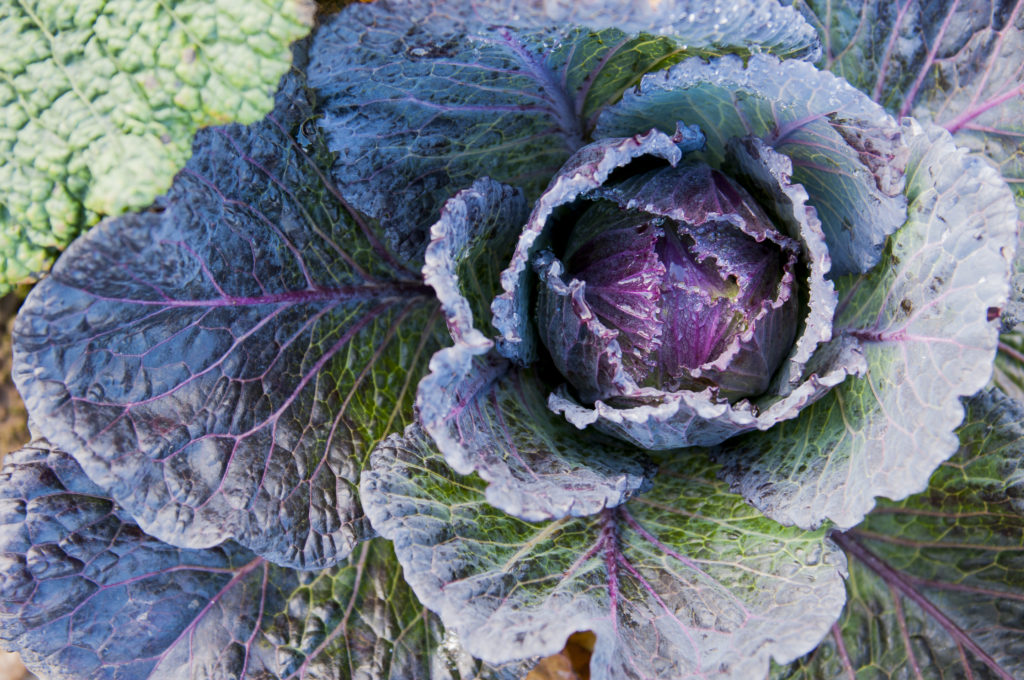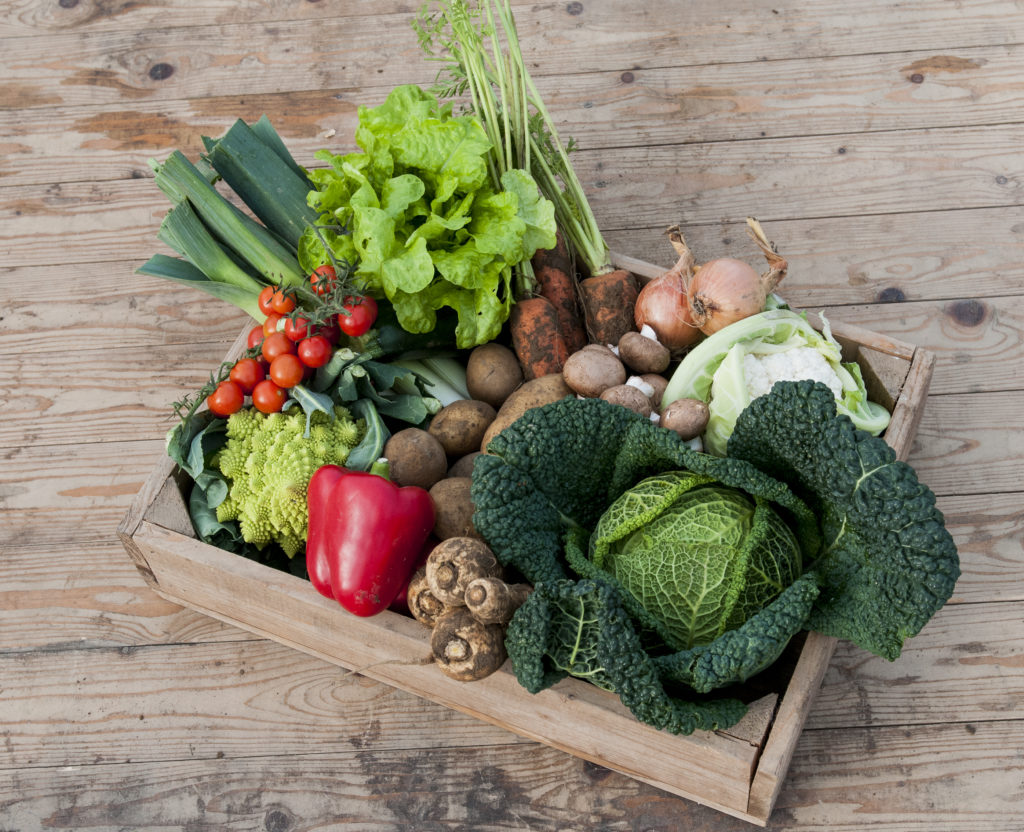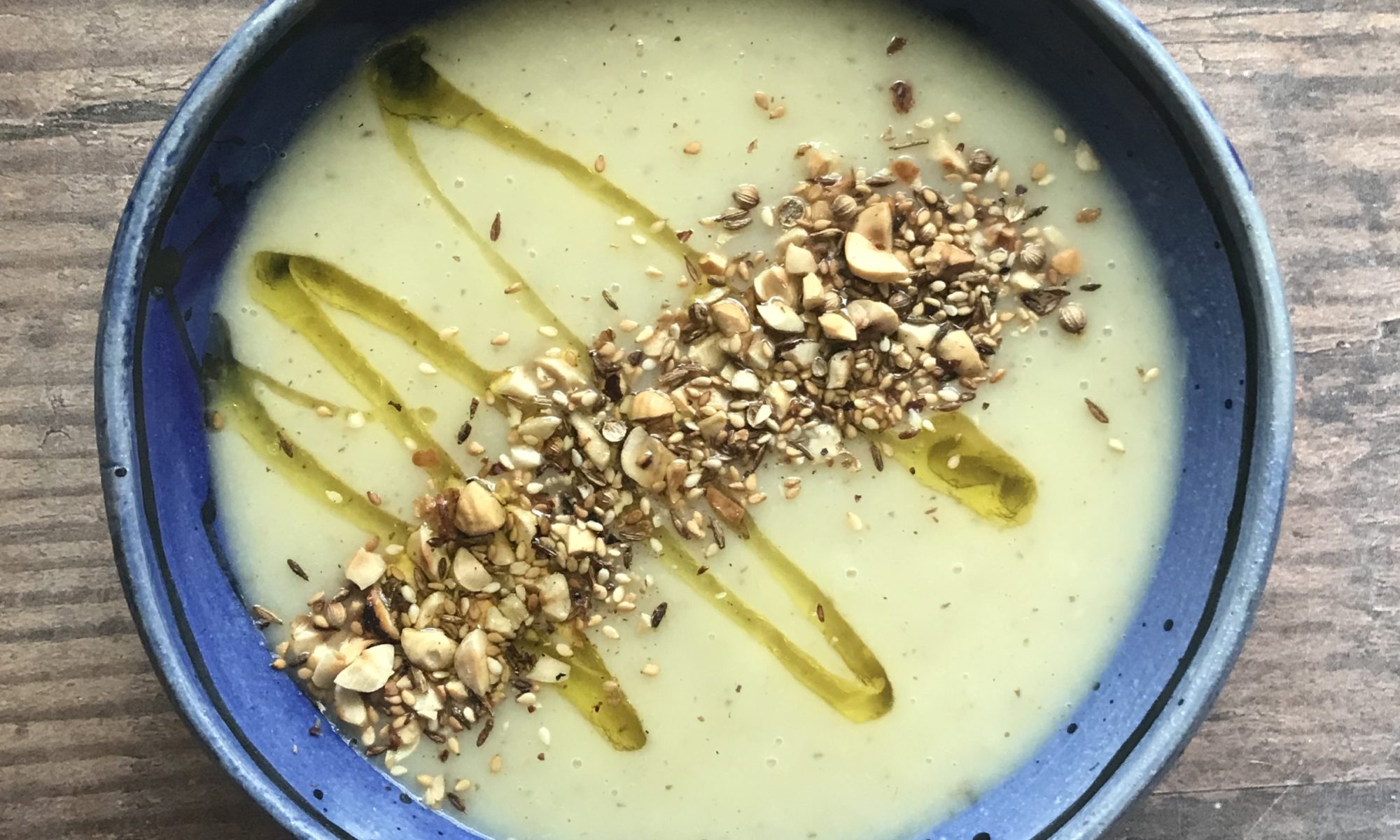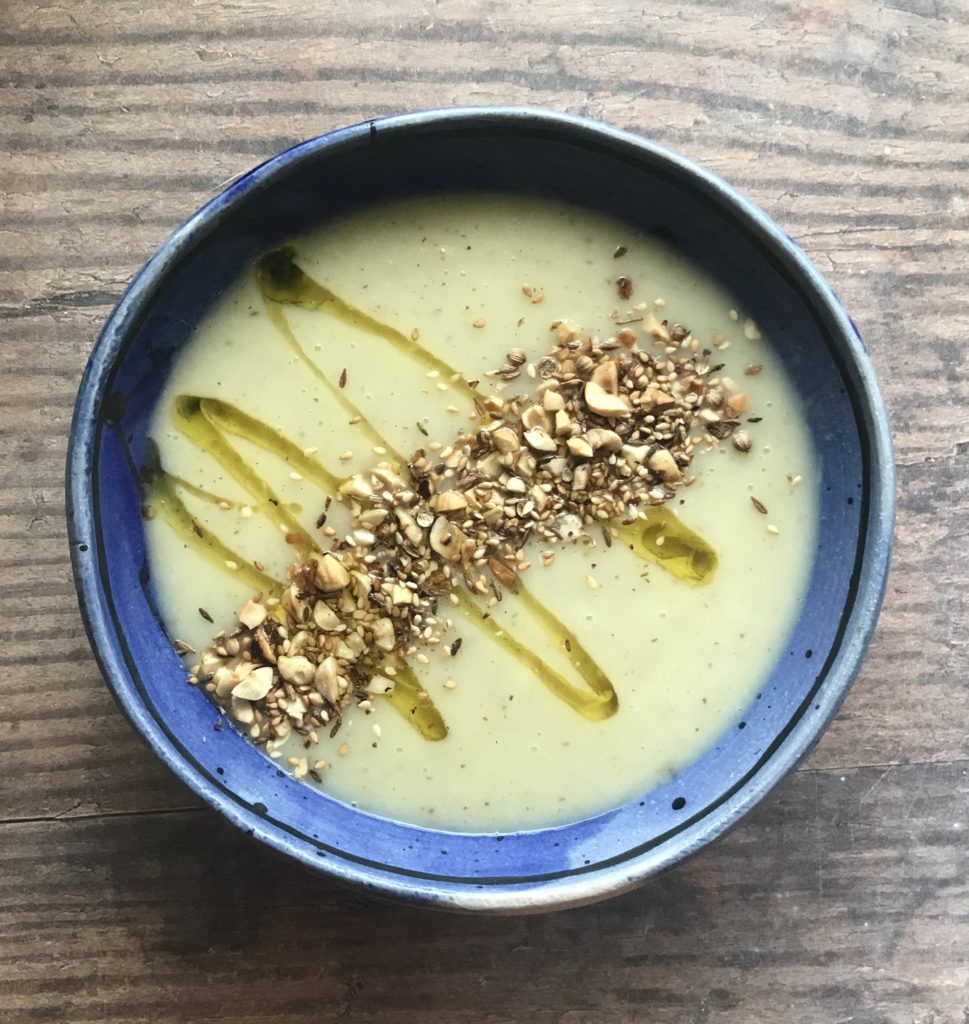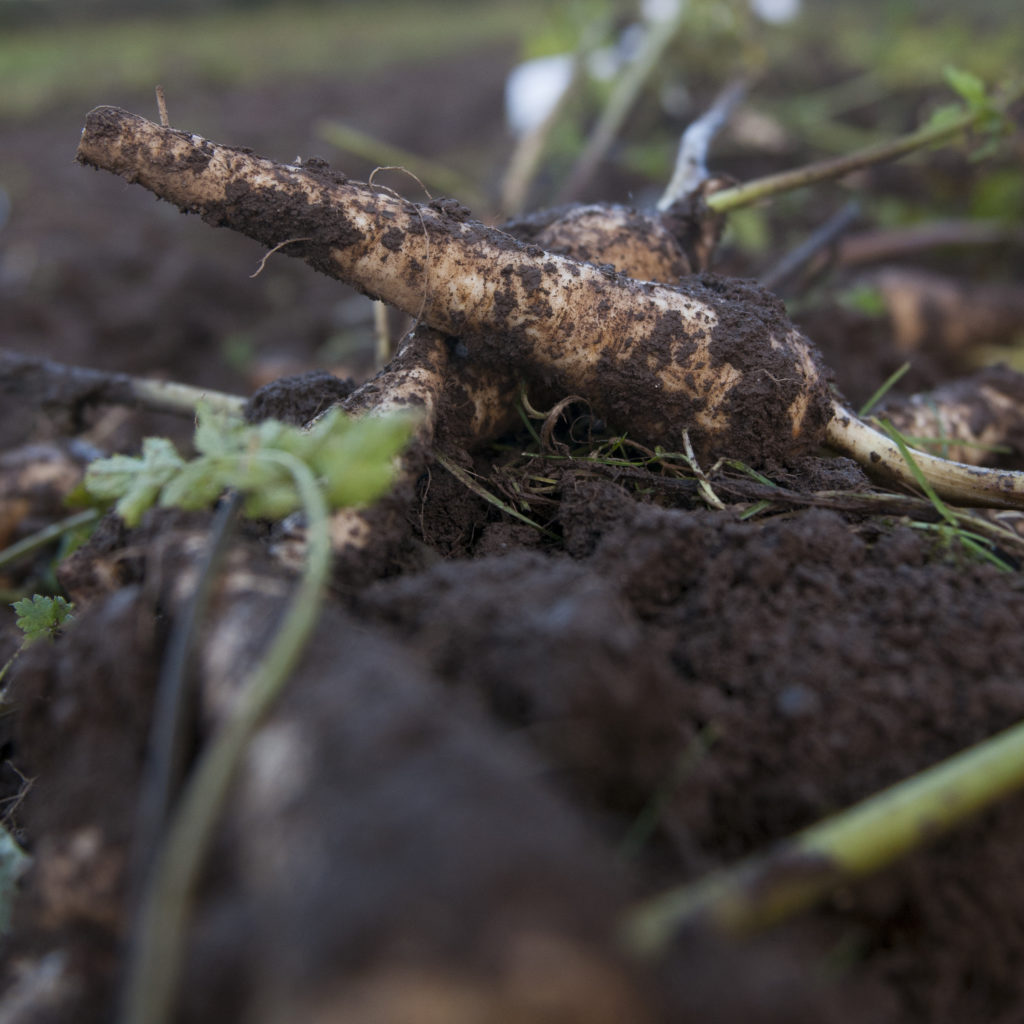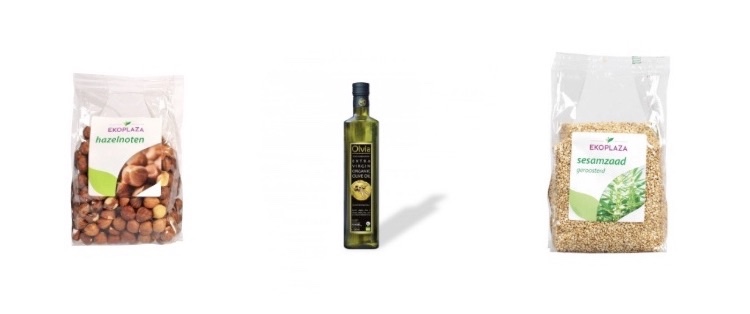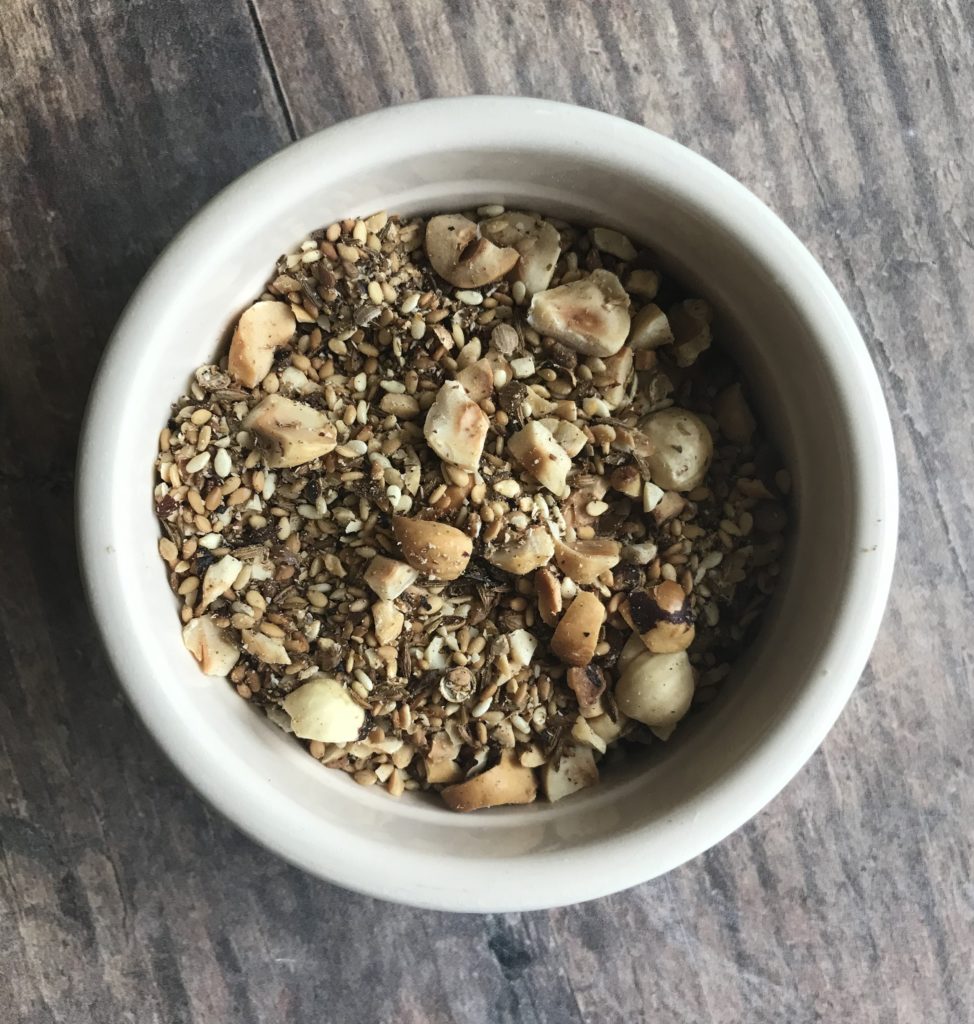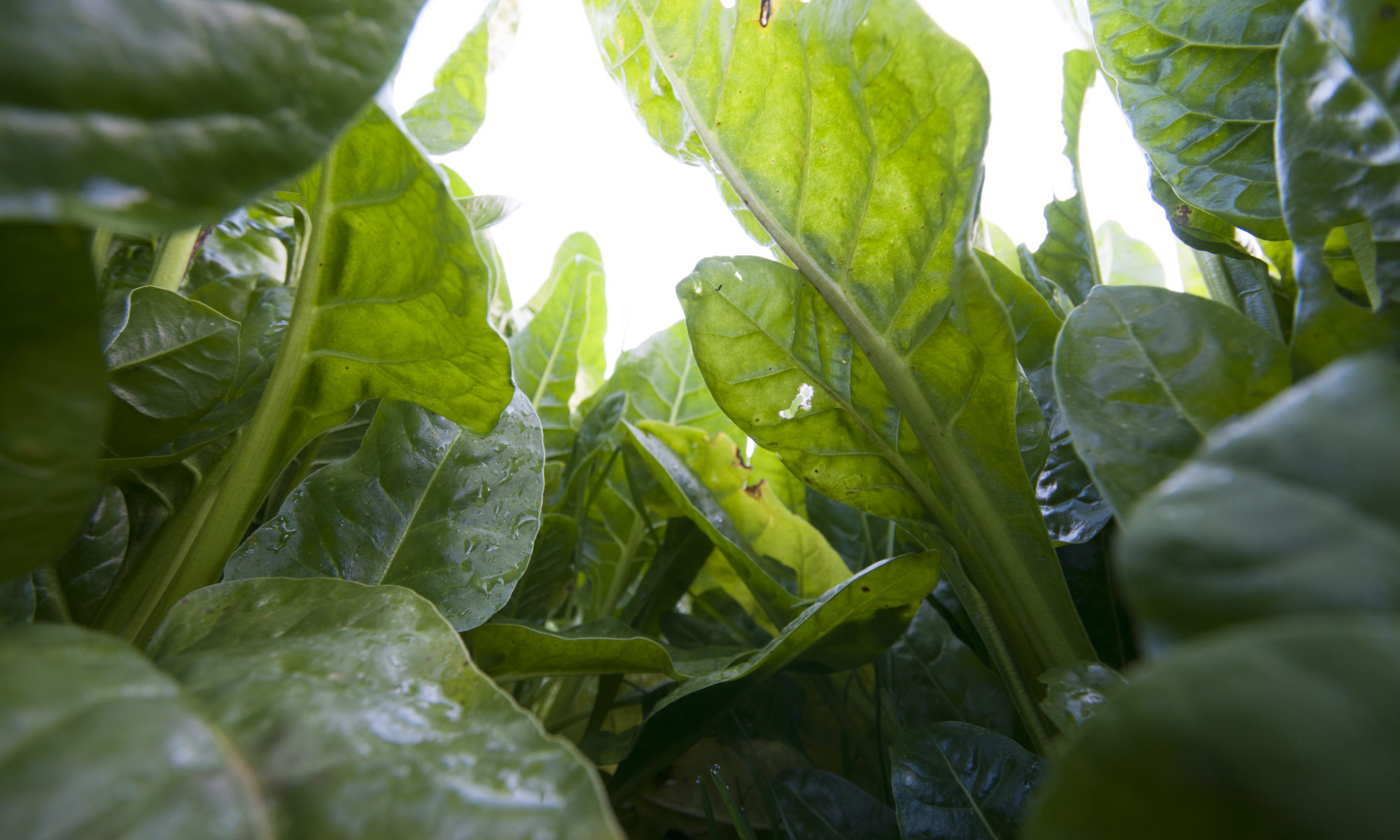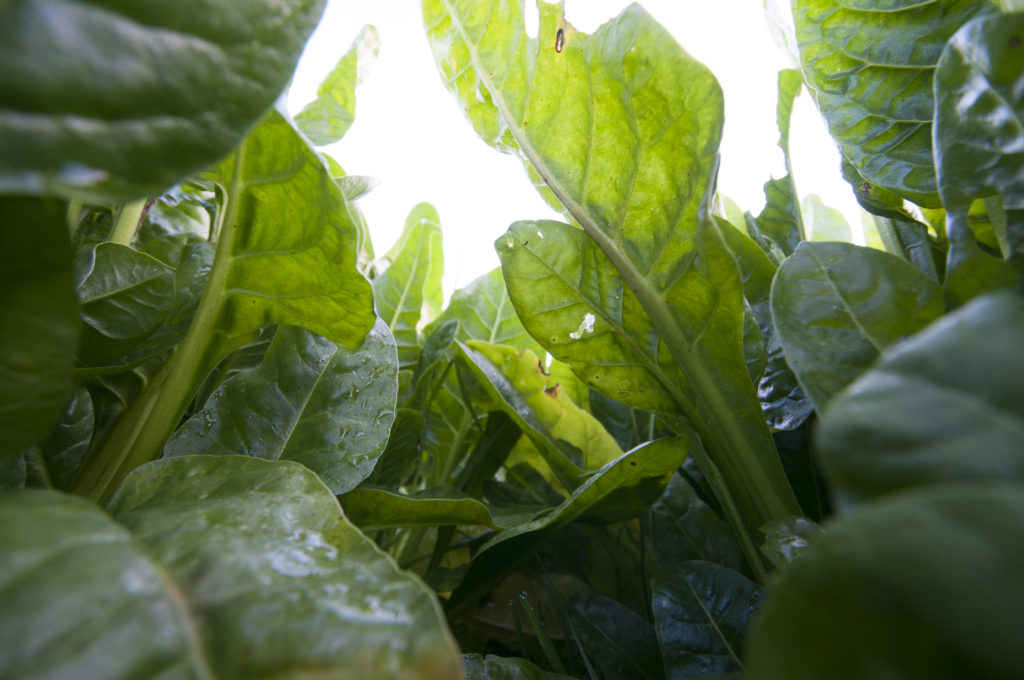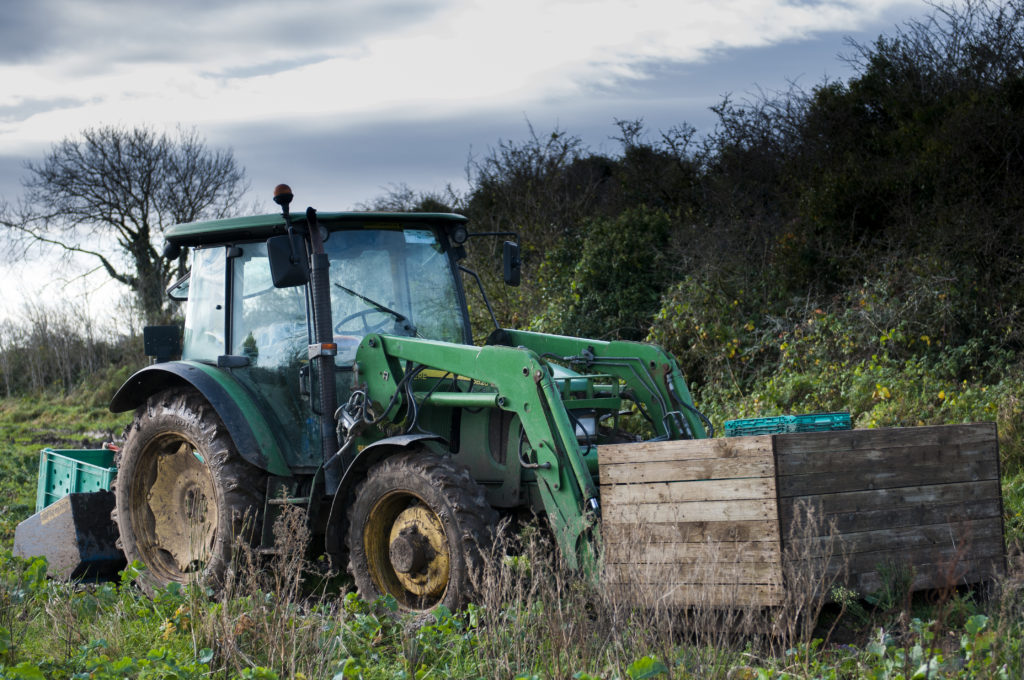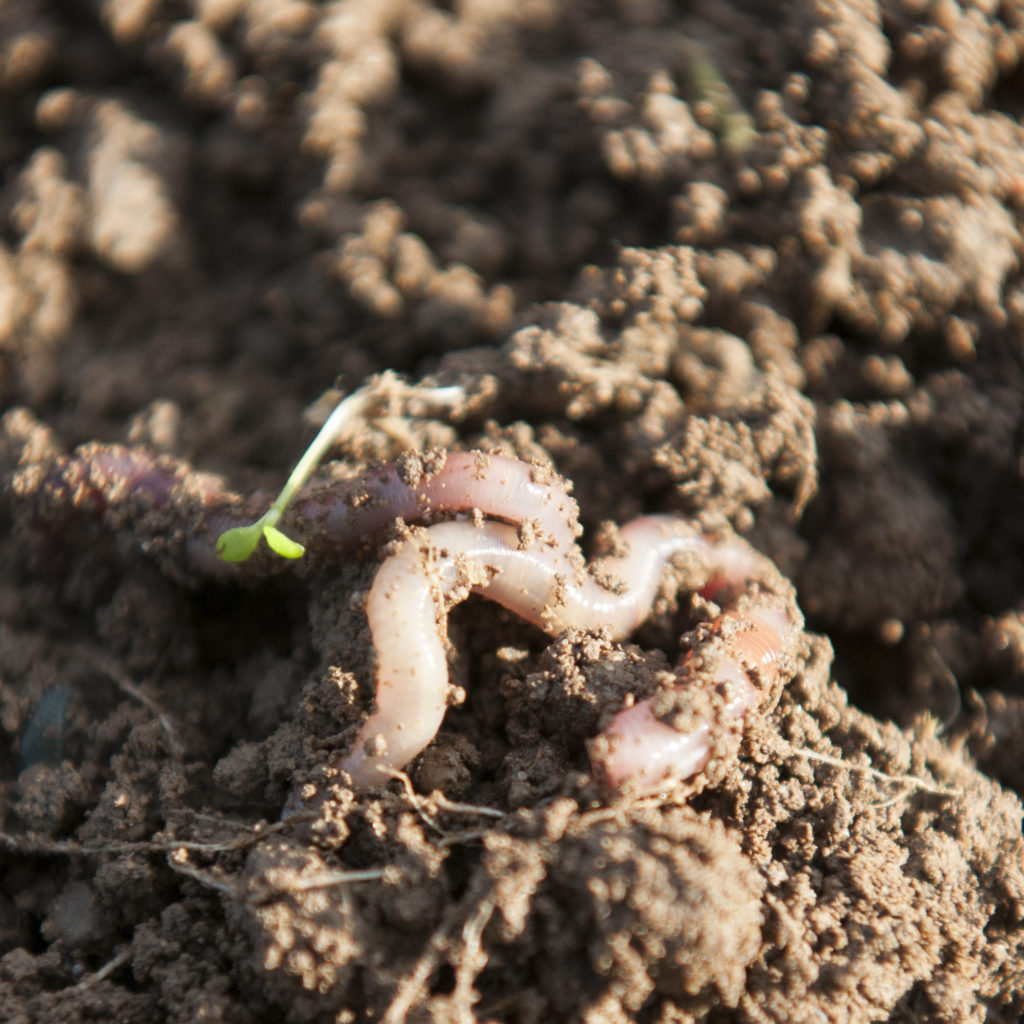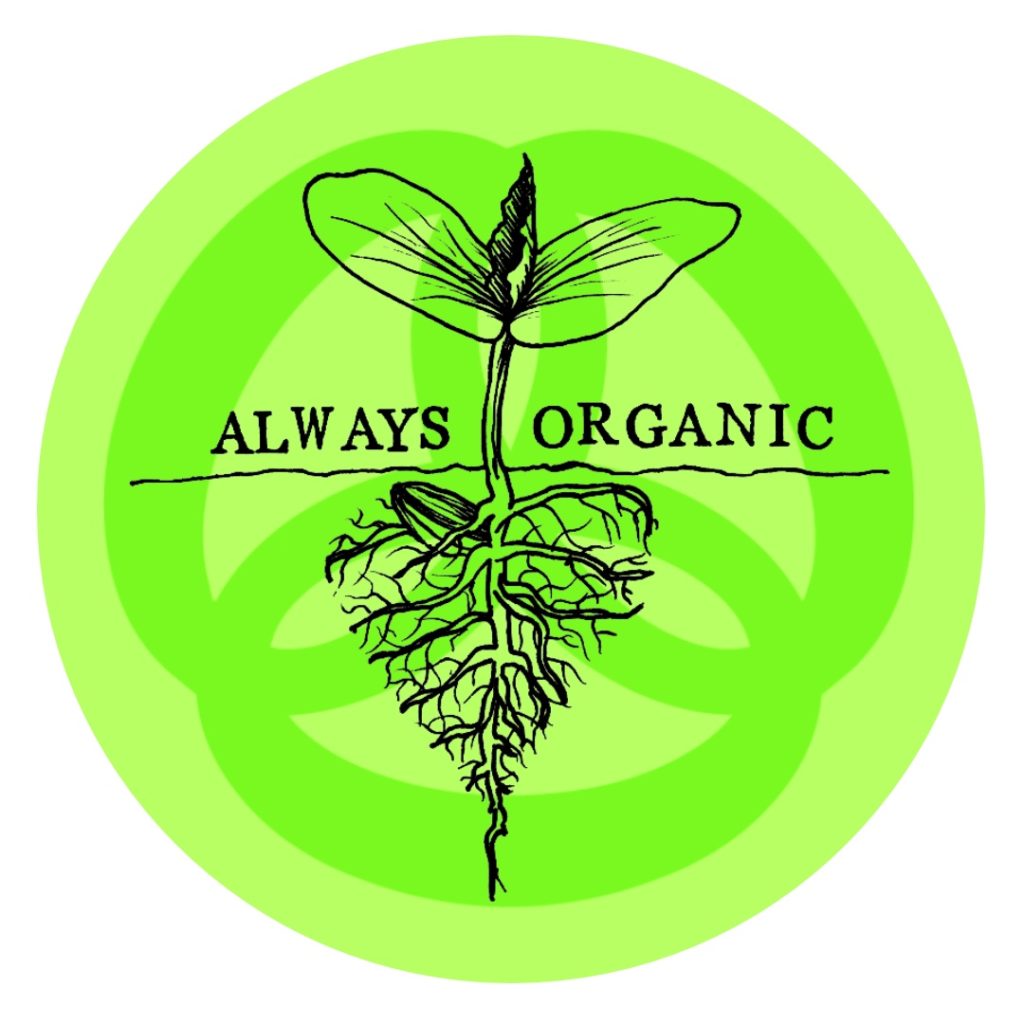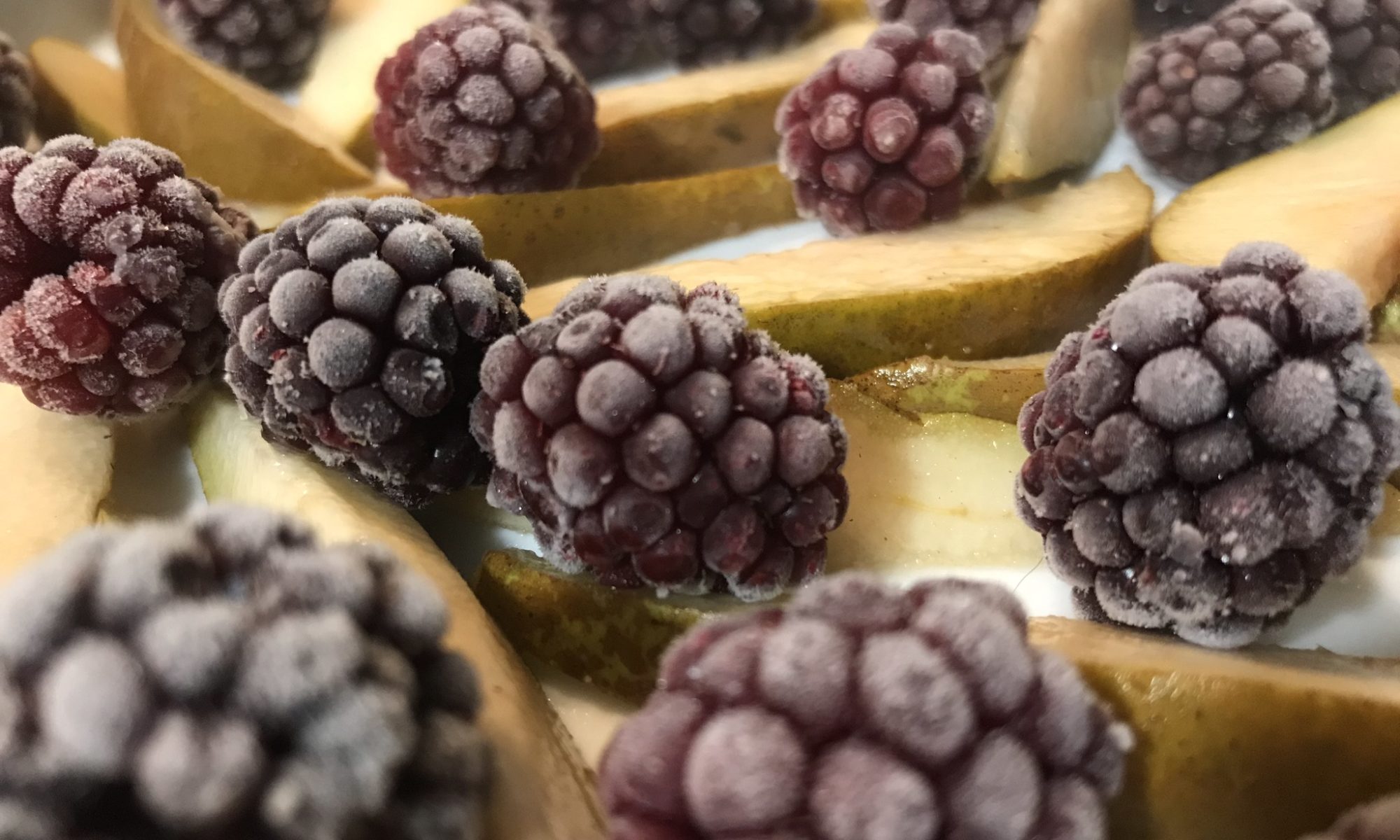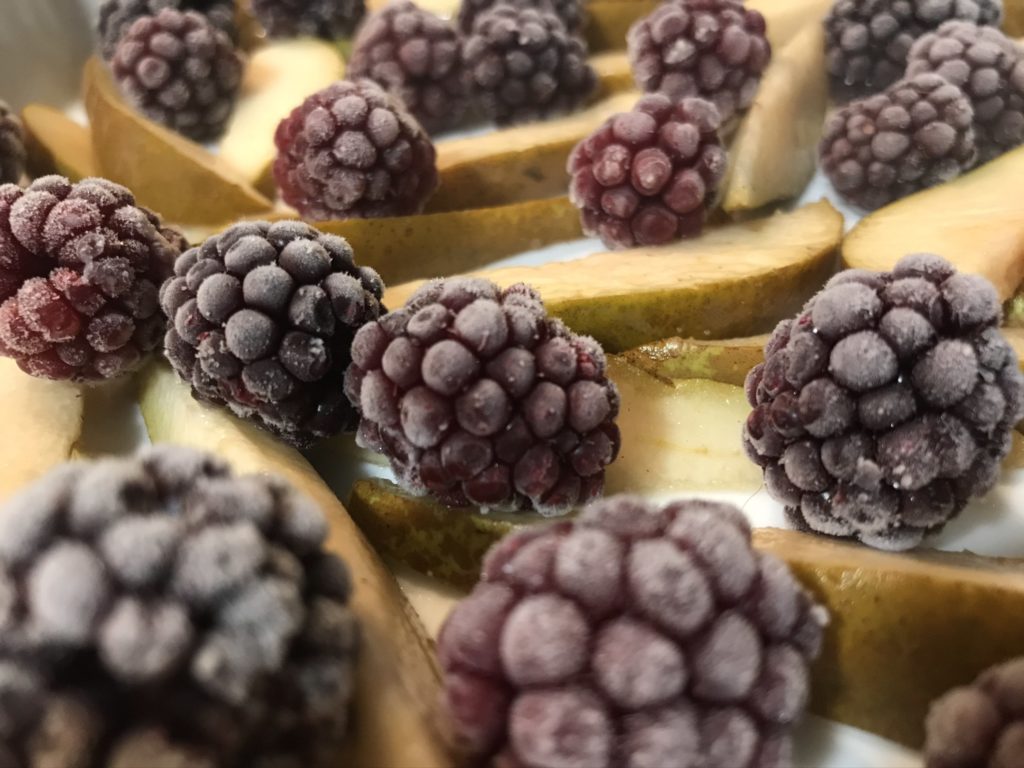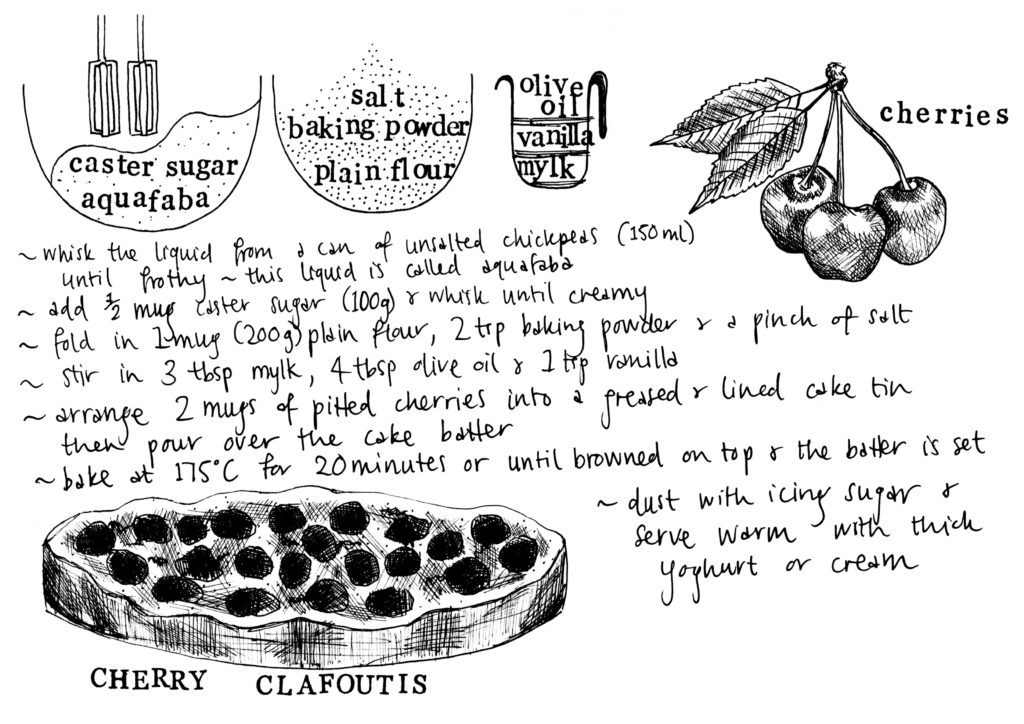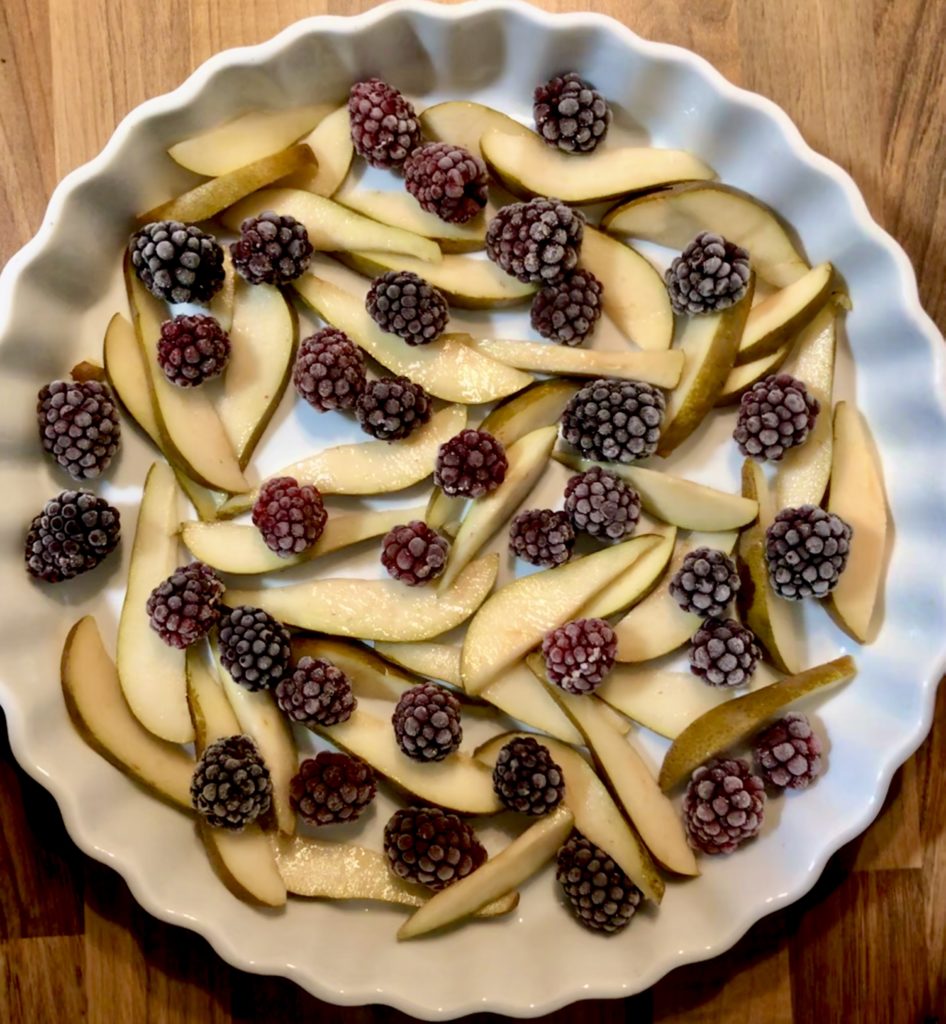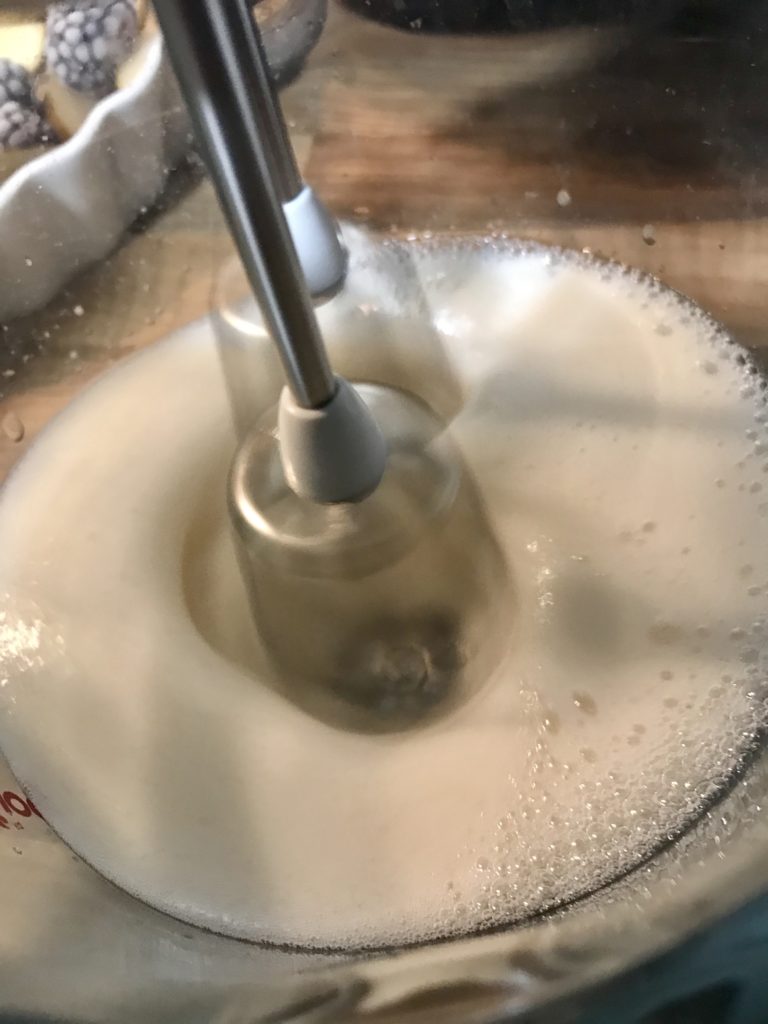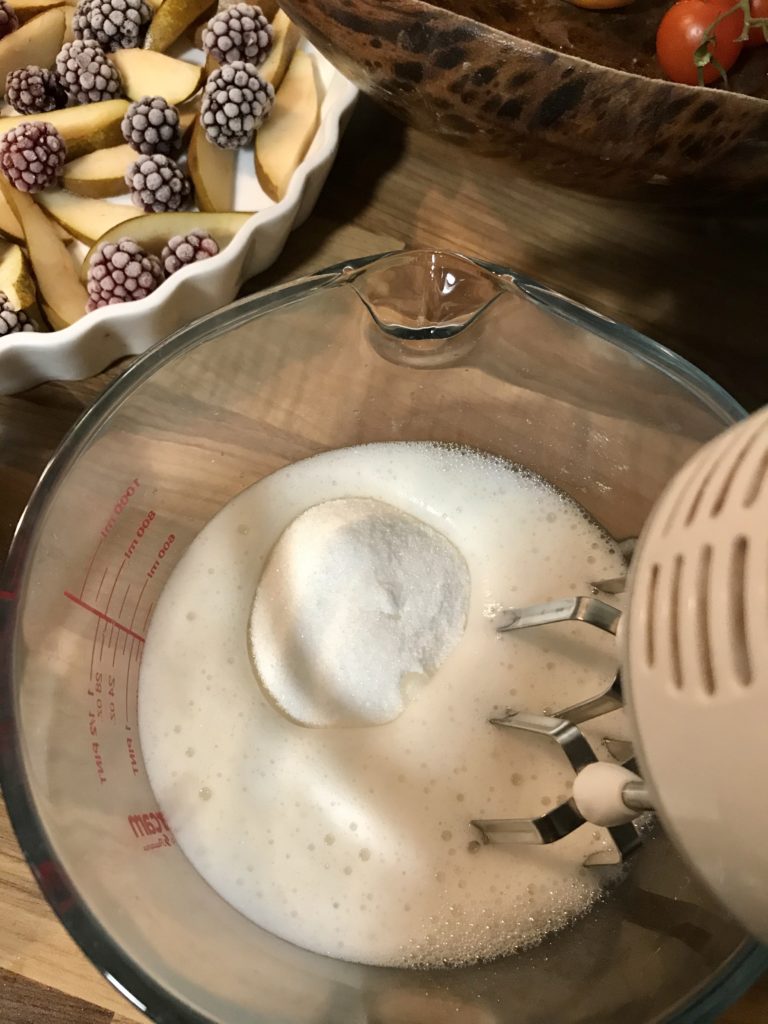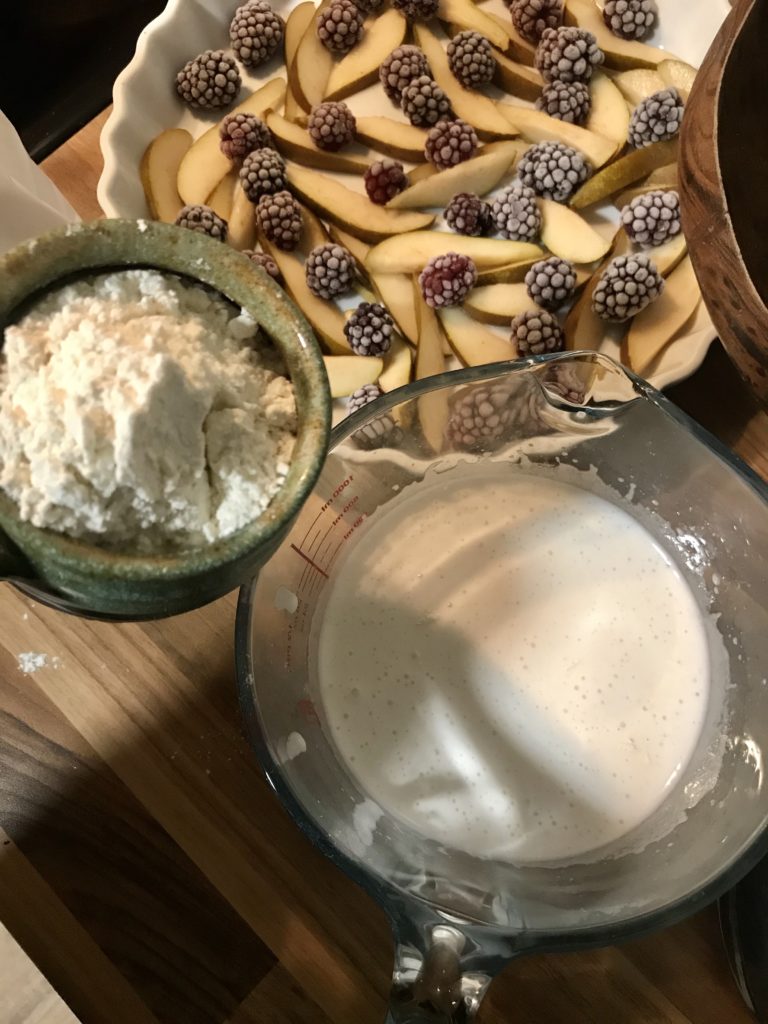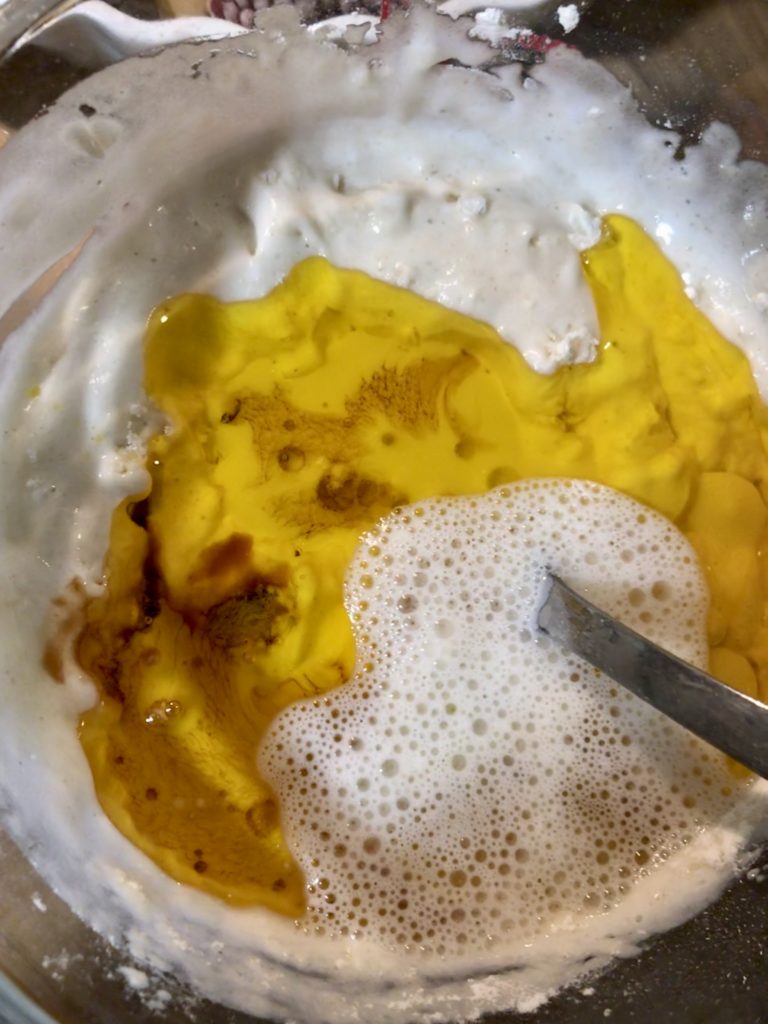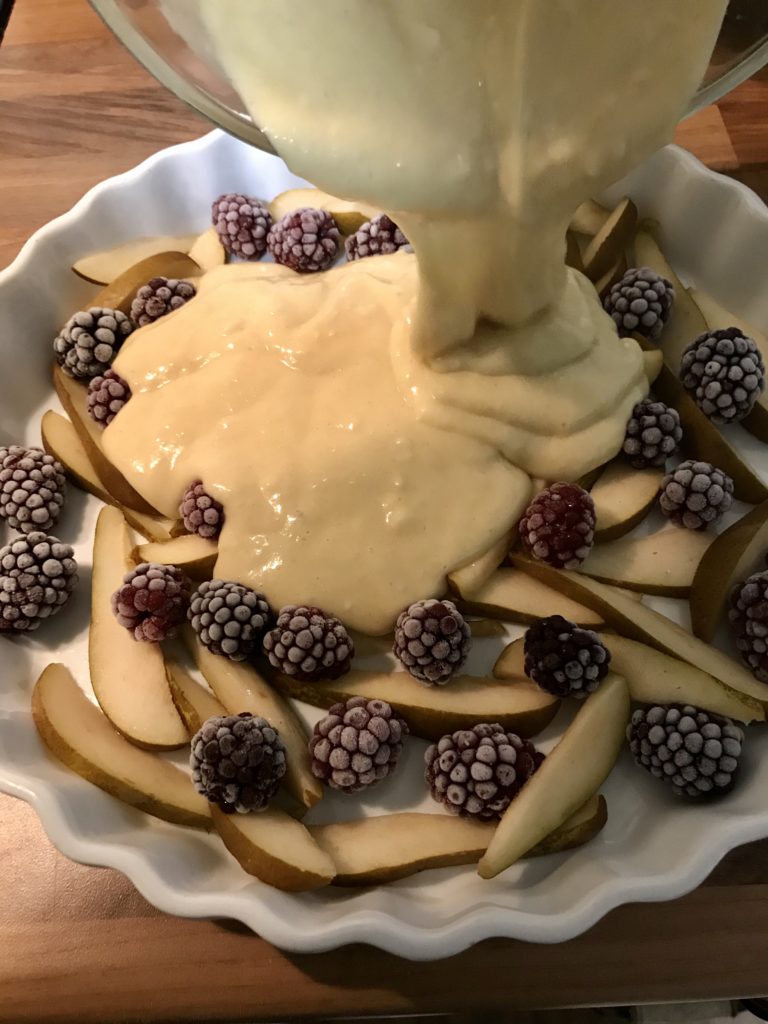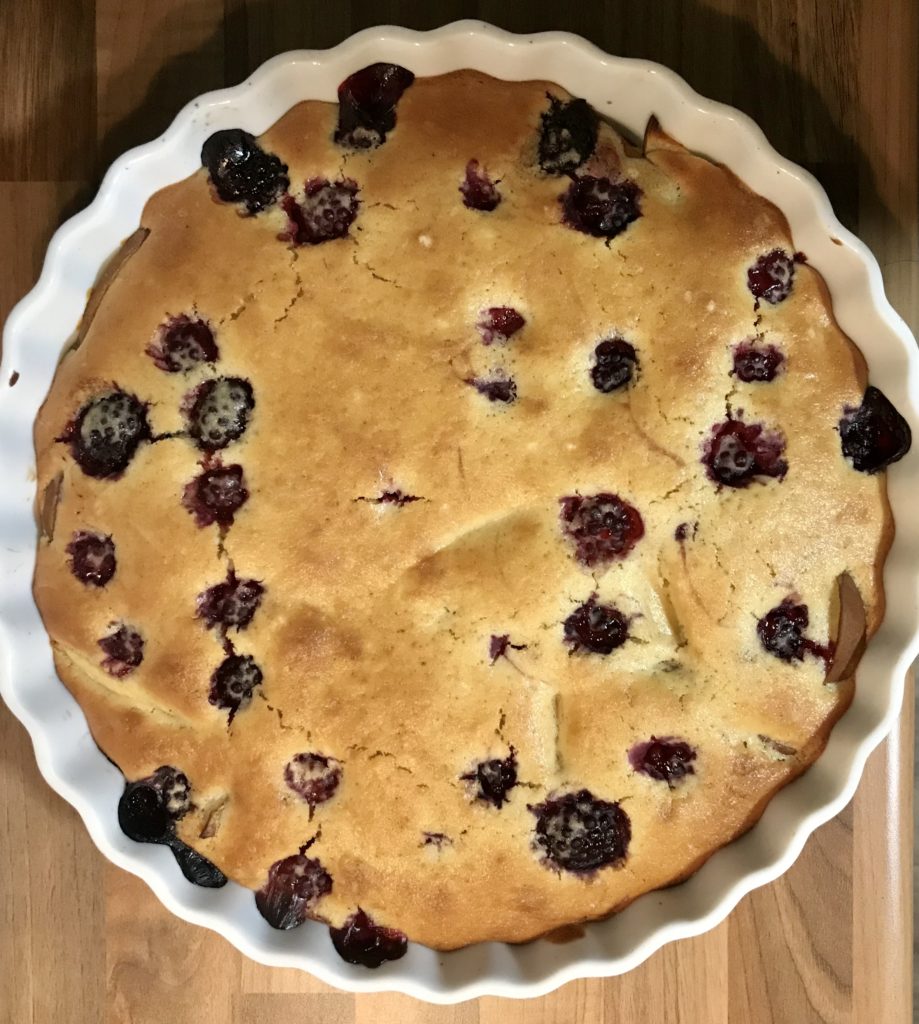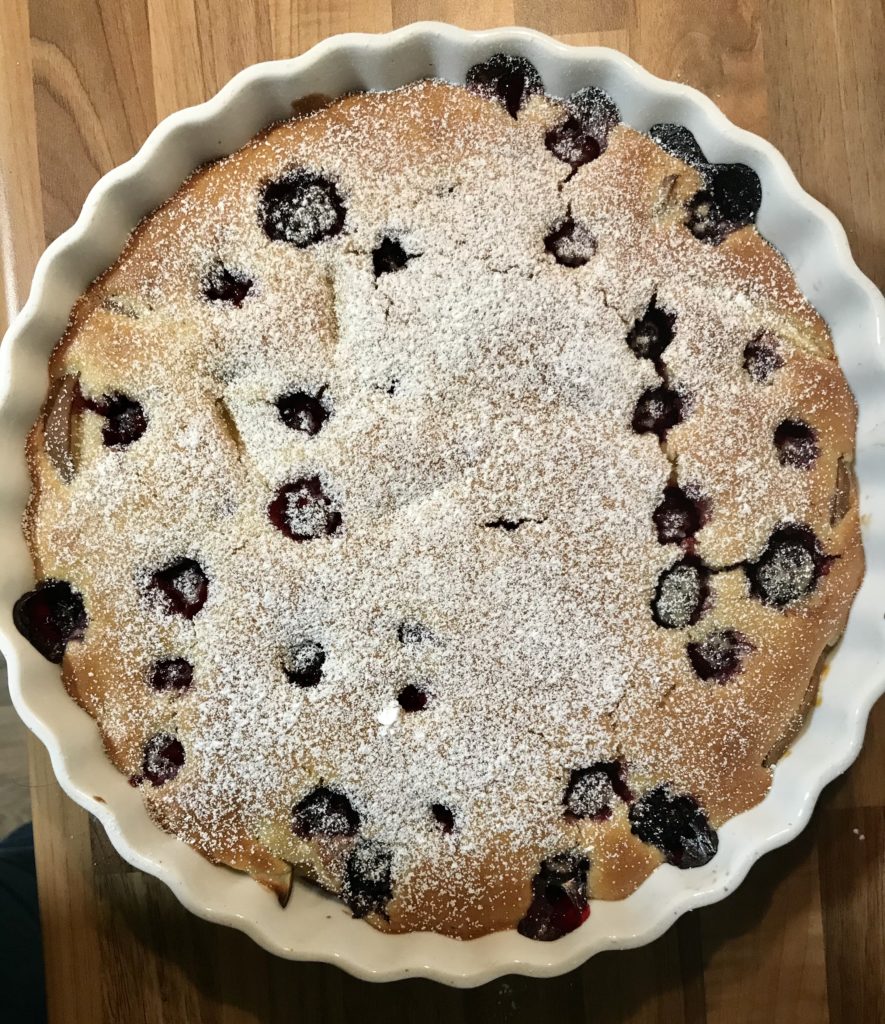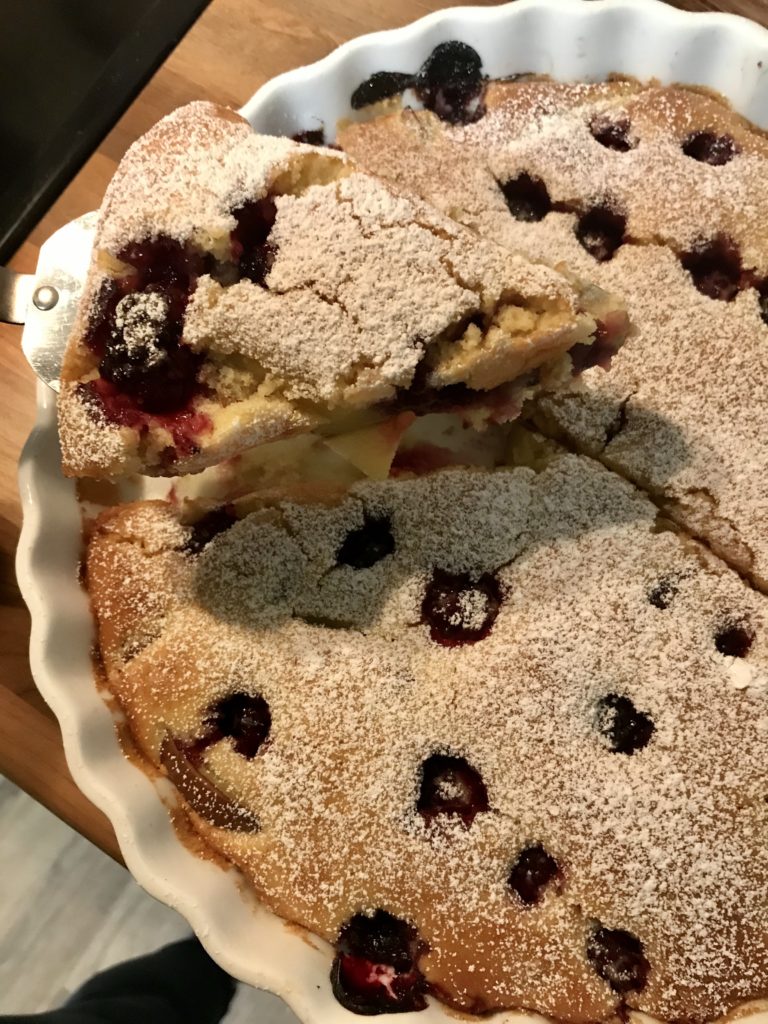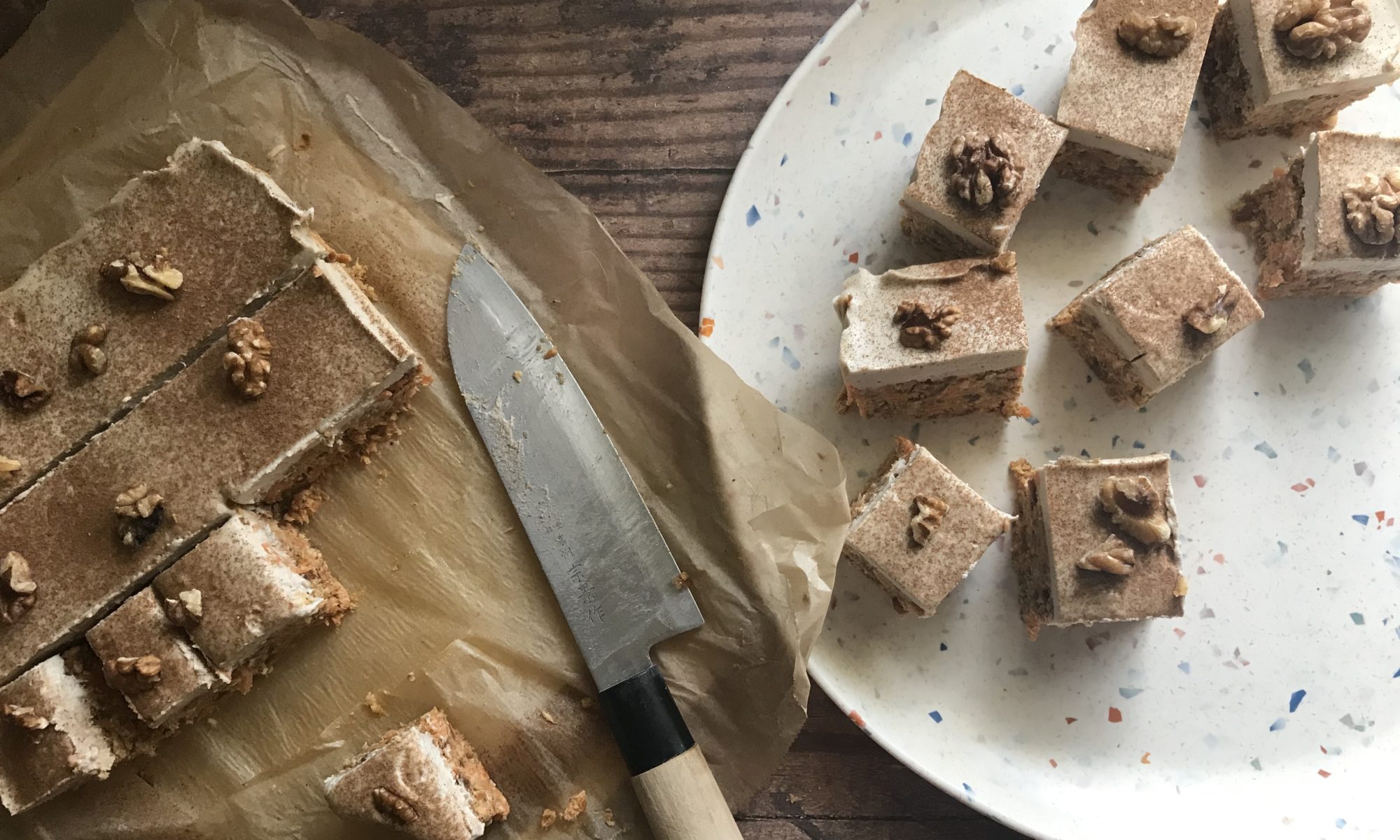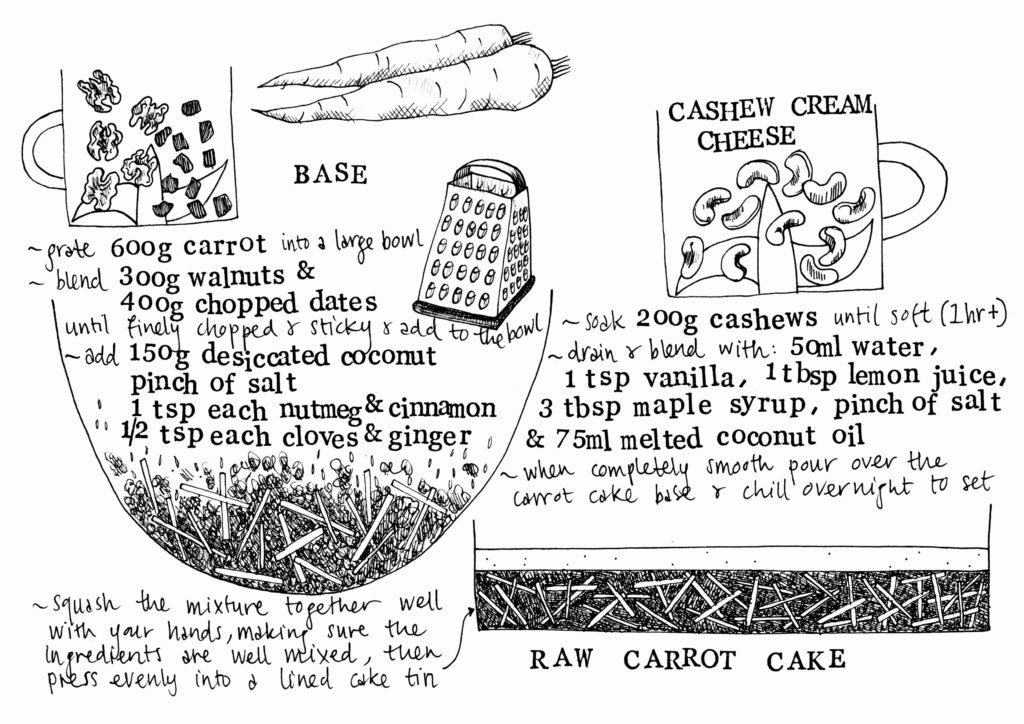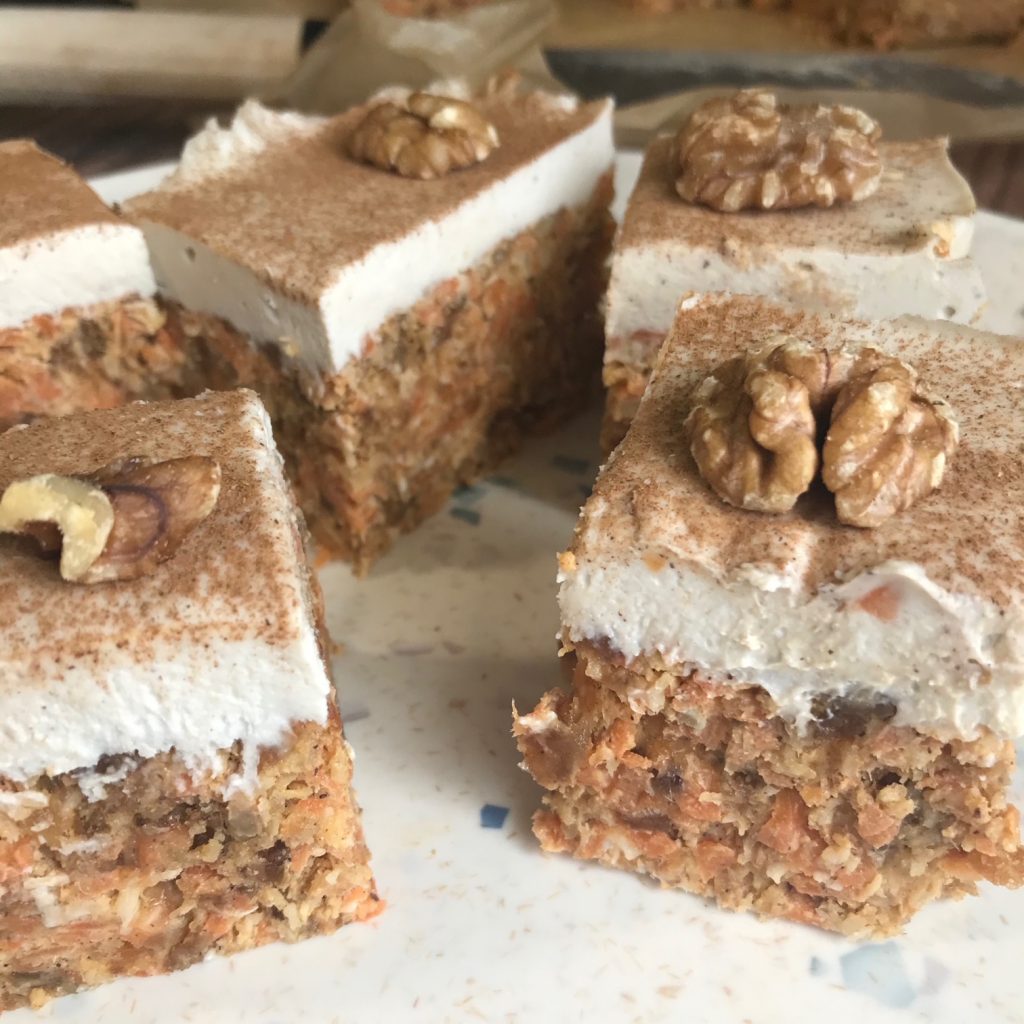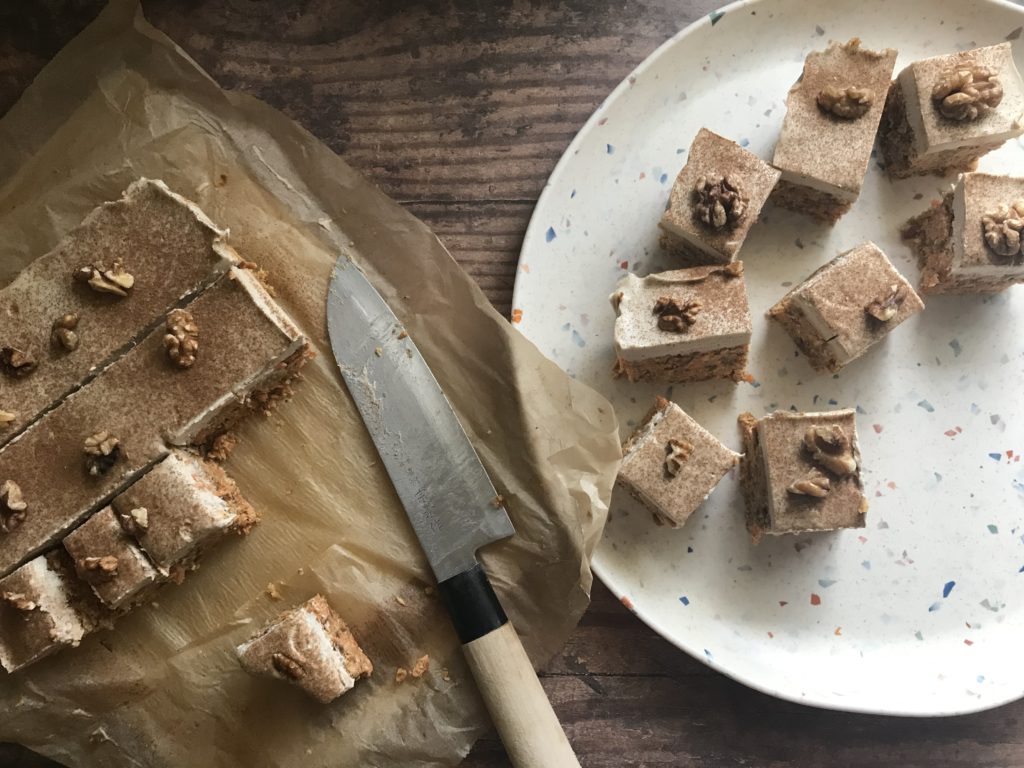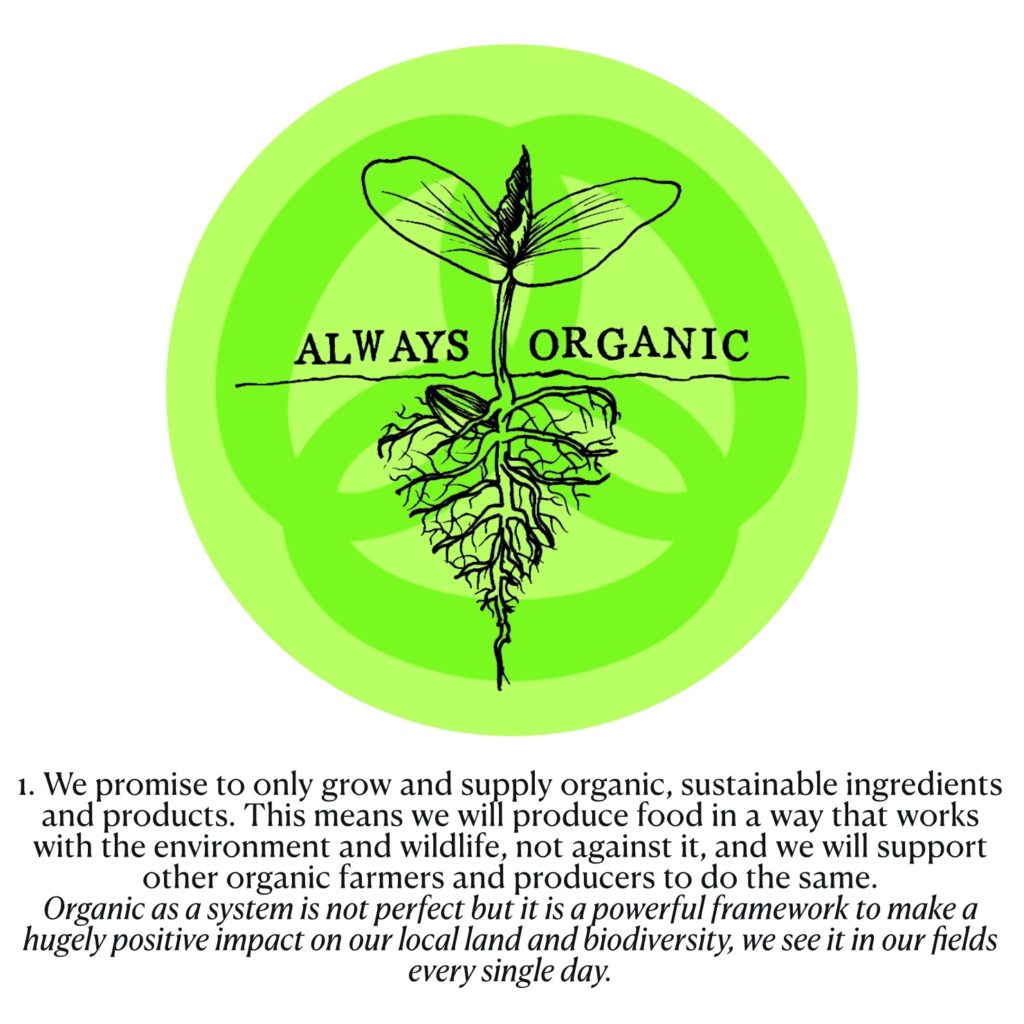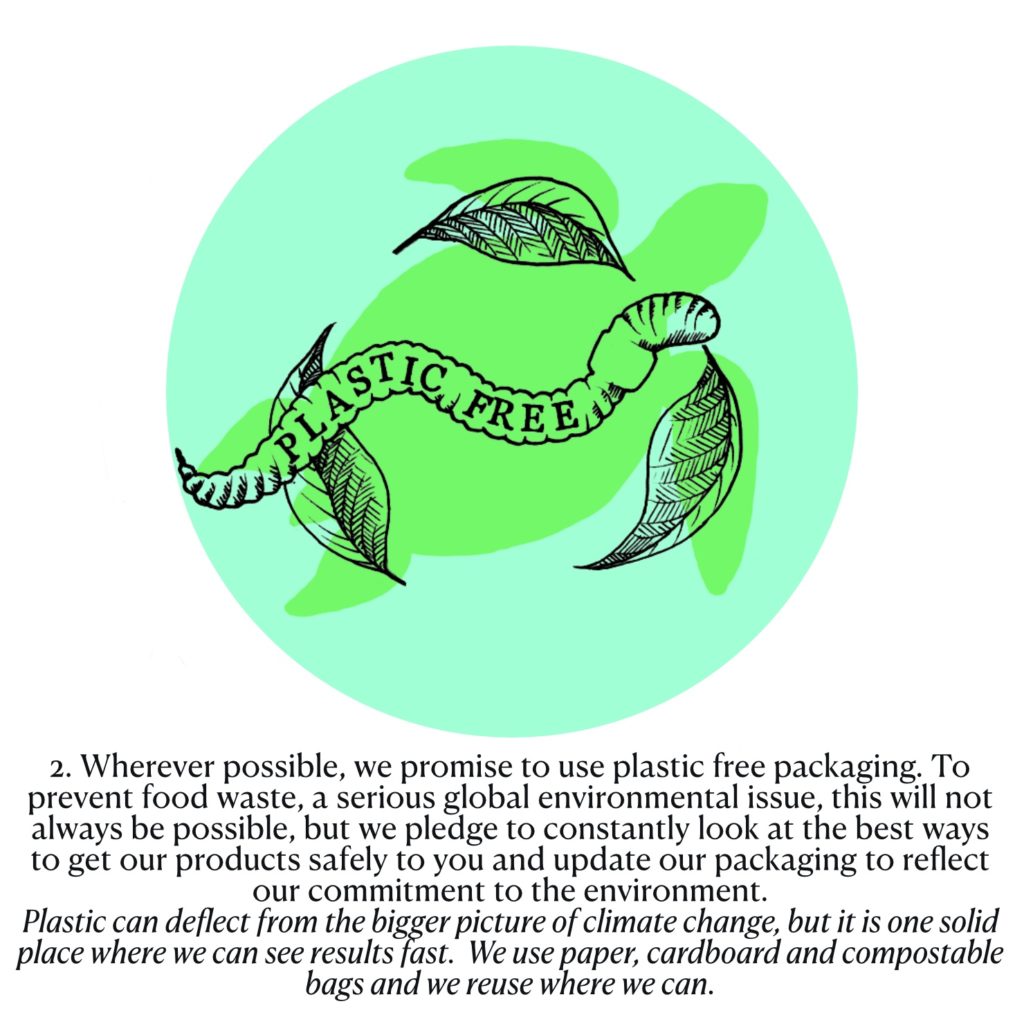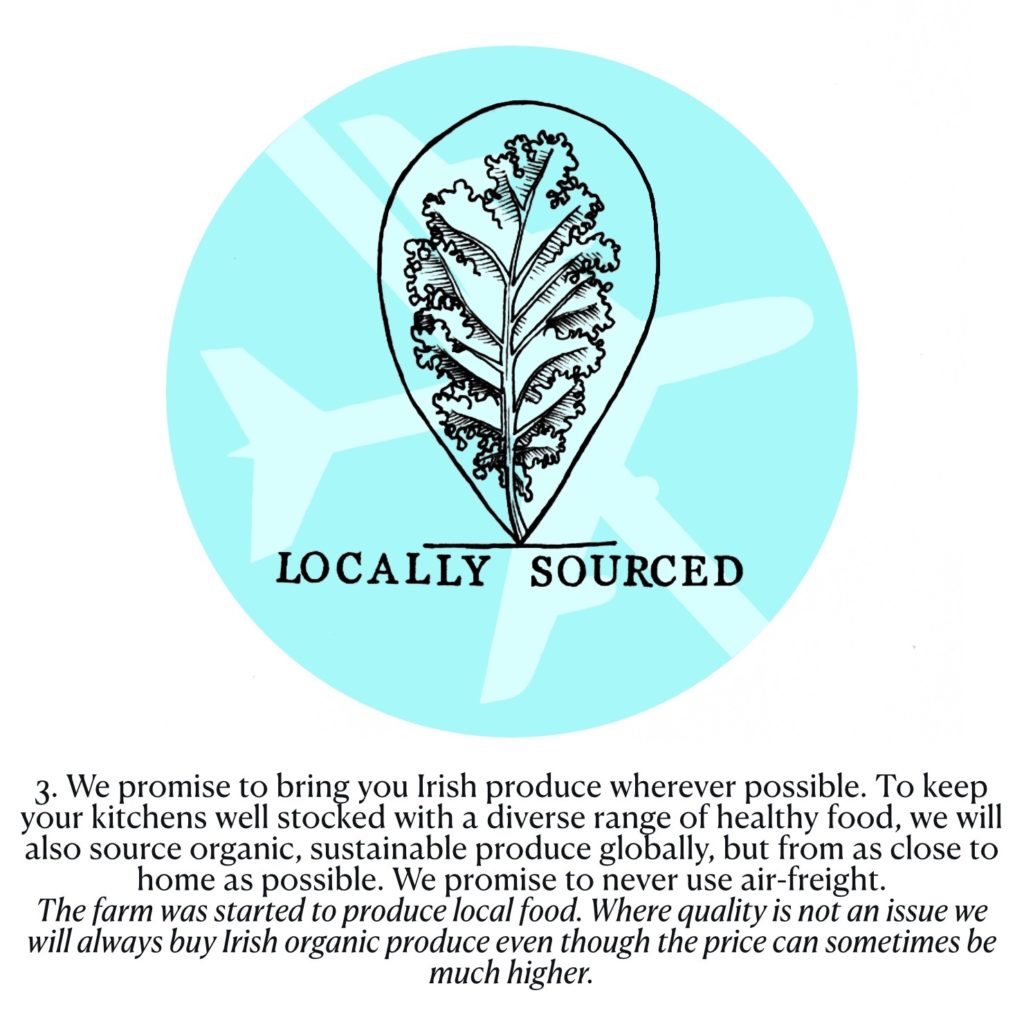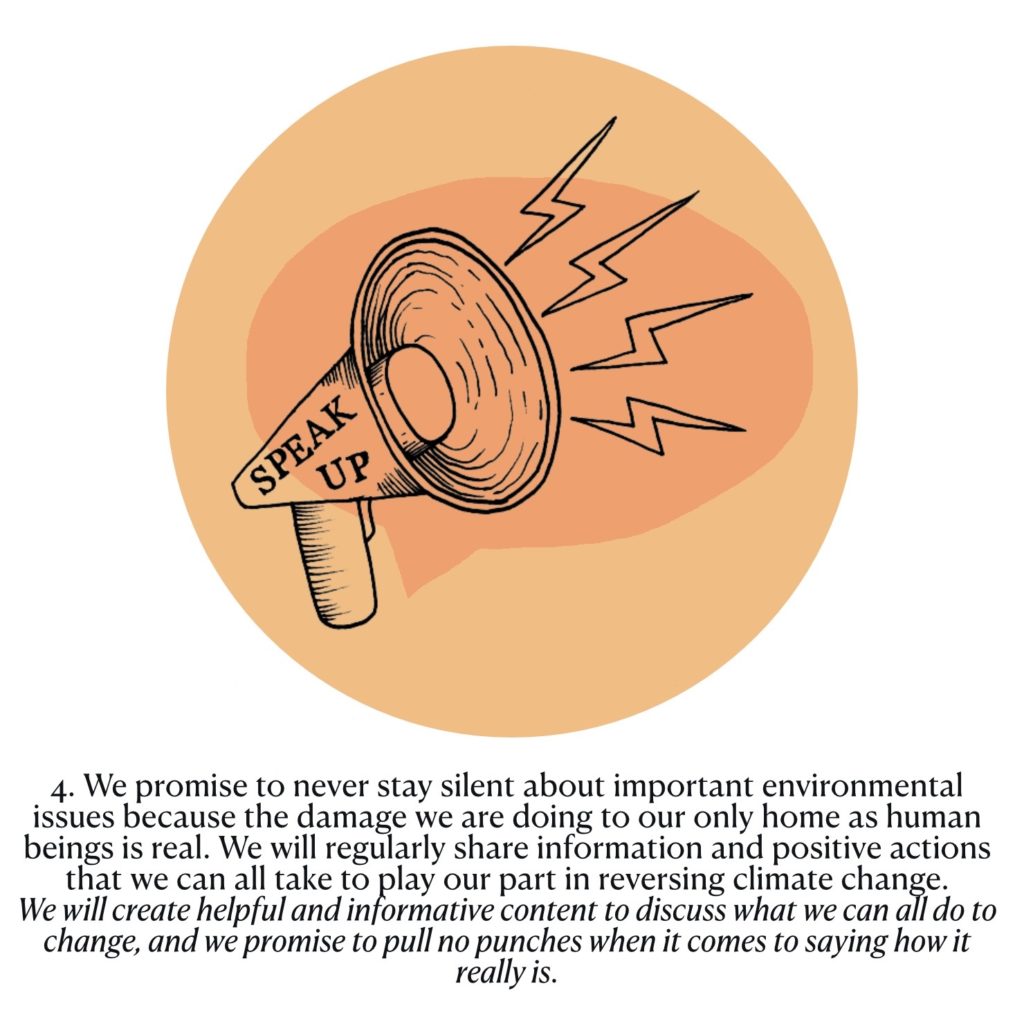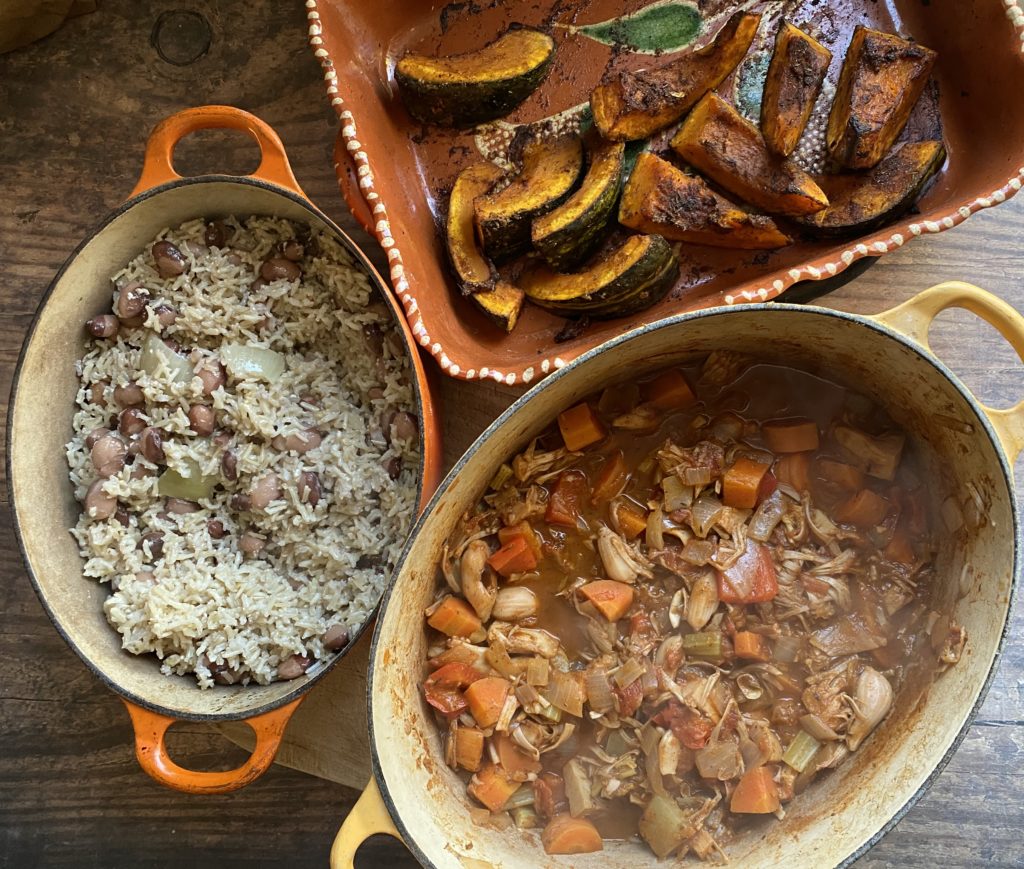
I always keep a kitchen cupboard stocked with tins of beans, tomatoes, coconut milk and jackfruit. Having a repertoire of store-cupboard suppers is very useful when you are subscribed to a veg box delivery. Depending on what’s going on each week, sometimes I have a bit of fresh fruit and veg leftover when the new, weekly box arrives and sometimes I need to make a store-cupboard supper or two before it arrives and that’s totally fine! Especially with the range of brilliant, organic groceries at Green Earth Organics. What a luxury to be able to eat fresh, organic vegetables most days, and organic store-cupboard ingredients on other days!
Here’s one of our current store-cupboard staples, a spicy, Jamaican inspired jerk stew with the most delicious coconutty red beans and rice!
As always, please share your photos of your version of the recipe with our friendly community Facebook group. We love to see our recipes leave the blog! Liz x
Ingredients for the rice
- 1 mug of rice
- 1 tin of coconut milk
- a wedge of onion
- 10 whole cloves
- 1 tin of kidney beans (drained)
- pinch of salt
Method
Put the rice, coconut milk and drained tin of beans into a small pot. Add the onion wedge and whole cloves and a pinch of salt. Add a mug of water then stir briefly to combine.
Bring the rice pot to the boil with the lid on, then immediately as it comes to the boil, turn the heat down to the lowest setting, leave the lid on, do not stir, and allow the rice to gently simmer and absorb all the liquid in the pot.
For white rice this only takes about 15-20 minutes, brown rice takes double that time. So if you are using brown rice, get it assembled and on to boil first, if you are using white rice, get the stew on first then the rice.
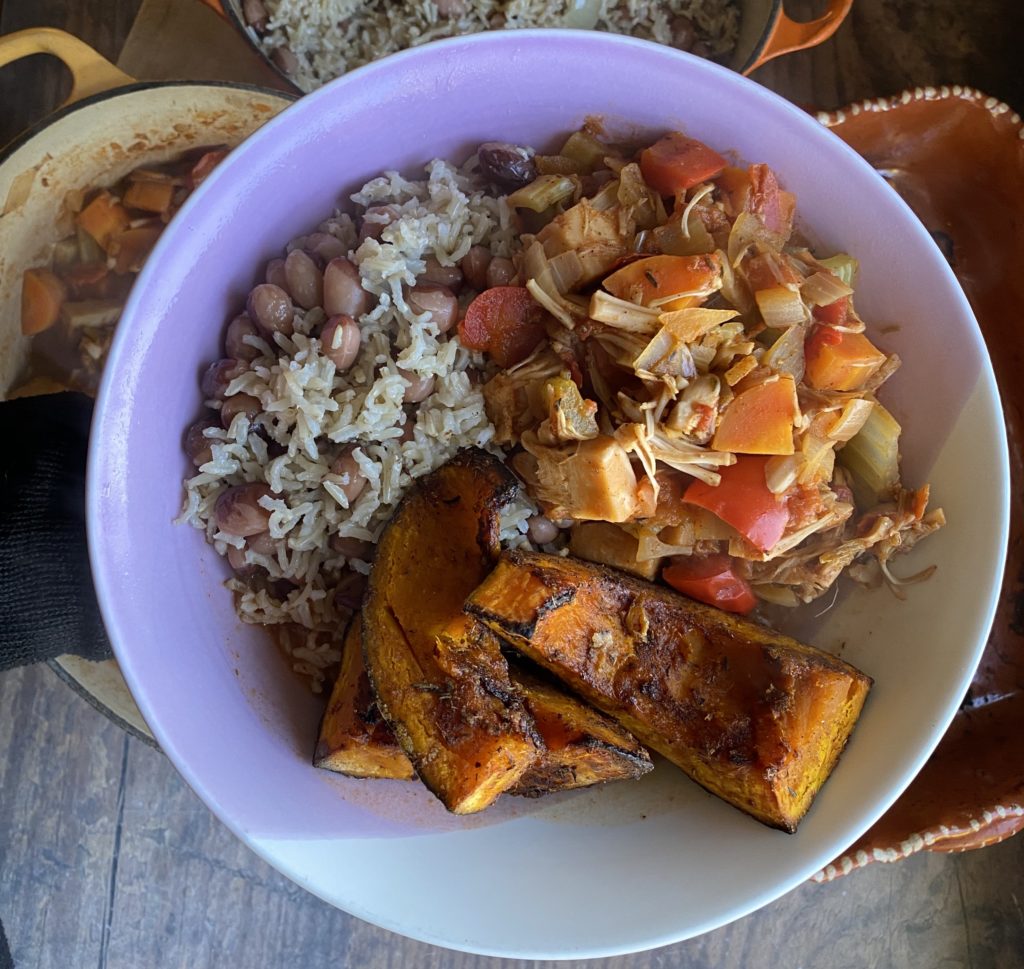
Ingredients for the stew
- 1 tbsp of vegetable oil
- the rest of that onion – diced
- 4 sticks of celery – diced
- 1 red pepper – diced (optional – can switch with seasonal veg)
- 4 carrots – diced
- jerk seasoning – see below to make your own (about 4 tbsp)
- scotch bonnet chilli (optional)
- 2 tins of young jackfruit (drained)
- 1 tin of chopped tomatoes
- salt & pepper to taste
Method
Sauté the onion, celery, pepper and carrot in a large pot with the vegetable oil. Once it starts to soften and colour, add the jerk seasoning and stir to coat the vegetables and toast the spices.
Add the jackfruit pieces, break them up as you add them to the pot, then season with salt and pepper.
Add the tin of chopped tomatoes, 2/3rds fill the tin with water and swirl that out into the pot too. If you like it spicy, you can drop in a whole scotch bonnet chilli or two at this stage too.
Give the stew a stir and pop the lid on and allow it to simmer while the rice cooks. Remove the lid and give it a stir every now and then to make sure it’s not sticking on the bottom.
Serve with wilted dark leafy greens or with wedges of roast squash like I have done in the video above.
Ingredients for jerk seasoning – mix together in a jar
- 2 tsp ground cinnamon
- 2 tsp ground black pepper
- 6 tsp dried thyme
- 4 tsp ground allspice (or mixed spice if you can’t find allspice)
- 6 tsp ground cayenne pepper
- 2 tsp ground nutmeg
- 2 tsp ground ginger
- 4 tsp garlic powder
- 6 tsp smoked paprika

